The Crystal Palace
Blogs
12.11.2014
Shows are selling out for the 2025 Midwinter Revels - 3 performances left!
Buy TicketsBlogs
12.11.2014
he latter half of the 19th century was arguably the most prolific period of life-changing invention in the history of humankind. During Queen Victoria’s lifetime the mostly rural economy was transformed by the steam engine and the railway line. The deliberate patterns of agrarian life recorded in Thomas Hardy novels were wrenched into the new infrastructure of a dynamic global marketplace, and the quality of British life, for good or bad, was irrevocably changed. World maps of the period are mostly colored a dominant shade of pink to indicate the far-flung territories of the British Empire.

Champion of this industrial revolution and beloved husband of Queen Victoria, Prince Albert spearheaded a movement to show off the splendors of the Empire along with the technological innovations that enabled Britain to lead the world. In parlours and salons, the conversations turned to the idea of a great industrial fair to which different countries would be invited to display their treasures and innovations.
Architects were commissioned to create a glorious building to house the exhibition. Unfortunately the sheer size of the structure being contemplated made the designs extremely difficult. Plan after plan was submitted; some had foundations and walls so massive it would take years to build and others greatly exceeded the budget available. There were strenuous objections to the number of venerable trees in Hyde Park that would have to be removed during construction. In 1851, ten months before the exhibition was slated to open, 245 designs had been submitted . All were rejected as unworkable. Facing disaster, the committee created a new committee (with a longer title), headed by Isambard Kingdom Brunel, with a single instruction – to come up with a design worthy of the greatest exhibition in history, to begin construction in ten months and to do it all within a shrunken and constrained budget.
The building that they came up with was, as Bill Bryson describes it, “A thing of unhappy wonder. A vast low dark shed of a building, pregnant with gloom, with all the spirit and playfulness of an abattoir.” Brunel’s contribution was an enormous iron dome some 200 feet across. Nobody knew how an iron dome of that weight could be lifted, or how deep the foundations would need to be to support it. Construction of the building would require 30 million bricks and both the cost and time required to build it was incalculable.
Into this unfolding crisis stepped the calm figure of Joseph Paxton, a landscape gardener and hothouse designer whose latest accomplishment was designing a greenhouse to protect the lily collection of the Duke of Devonshire. He proposed a building constructed of prefabricated parts that stood on the ground like a tent. It consisted of an intricate network of slender iron rods sustaining walls of clear glass. The main body of the building was to be 1,851 feet long (in celebration of the year) and 408 feet wide; the height of the central transept to be 108 feet. The construction would occupy some 18 acres on the ground, while its total floor area was to be about 990,000 square feet (or about 23 acres). On the ground floor and galleries there would be more than 8 miles of space for display tables.
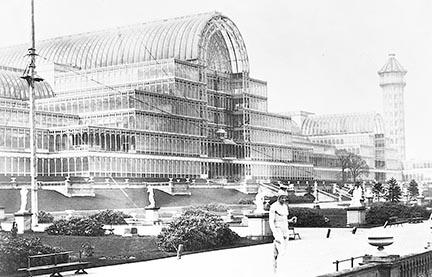
Within six months the building was complete, under budget, ready to receive the exhibits and astonishing the populace with its clear walls and ceilings that did not require interior lights, hence a “Crystal Palace.” The venerable trees were simply enclosed and provided a leafy shade to the delighted visitors.
After the international hoop-la of the opening ceremonies and several exclusive showings, the building was thrown open to the hoi polloi. Intrigued by the slogan “The world for a shilling,” six million people came to see the offerings of the 14,000 exhibitors. It really was the first public building where the classes found common ground (so to speak) in their reaction to such marvels as the impressive flushing toilets that were offered for the convenience of all. When the exhibition closed in October the building was taken down, piece by piece, and rebuilt at Sydenham Hill in Upper Norwood, overlooking London from the south where it survived until the great fire of 1936. During these roughly 80 years of existence, the Crystal Palace was home to a wide range of entertainments – exhibitions, concerts with enormous orchestras and choruses, music hall acts, pantomimes, tight rope walkers, football matches, flower shows – anything that could bring in a large audience.

Of all the famous halls in London and the provinces, the Crystal Palace spanned the entire history of music hall, from 1852 to 1936, from Victorian to Edwardian all the way to Variety in the 1930’s. Today it is memorialized in the name of a premier league football club and a tube stop. Interestingly, there are current plans commissioned by a consortium of English and Chinese developers to completely rebuild the Crystal Palace in Bromley in South East London. The latest news is that the “over-ambitious designs” have run into difficulties…
Paddy Swanson 2014
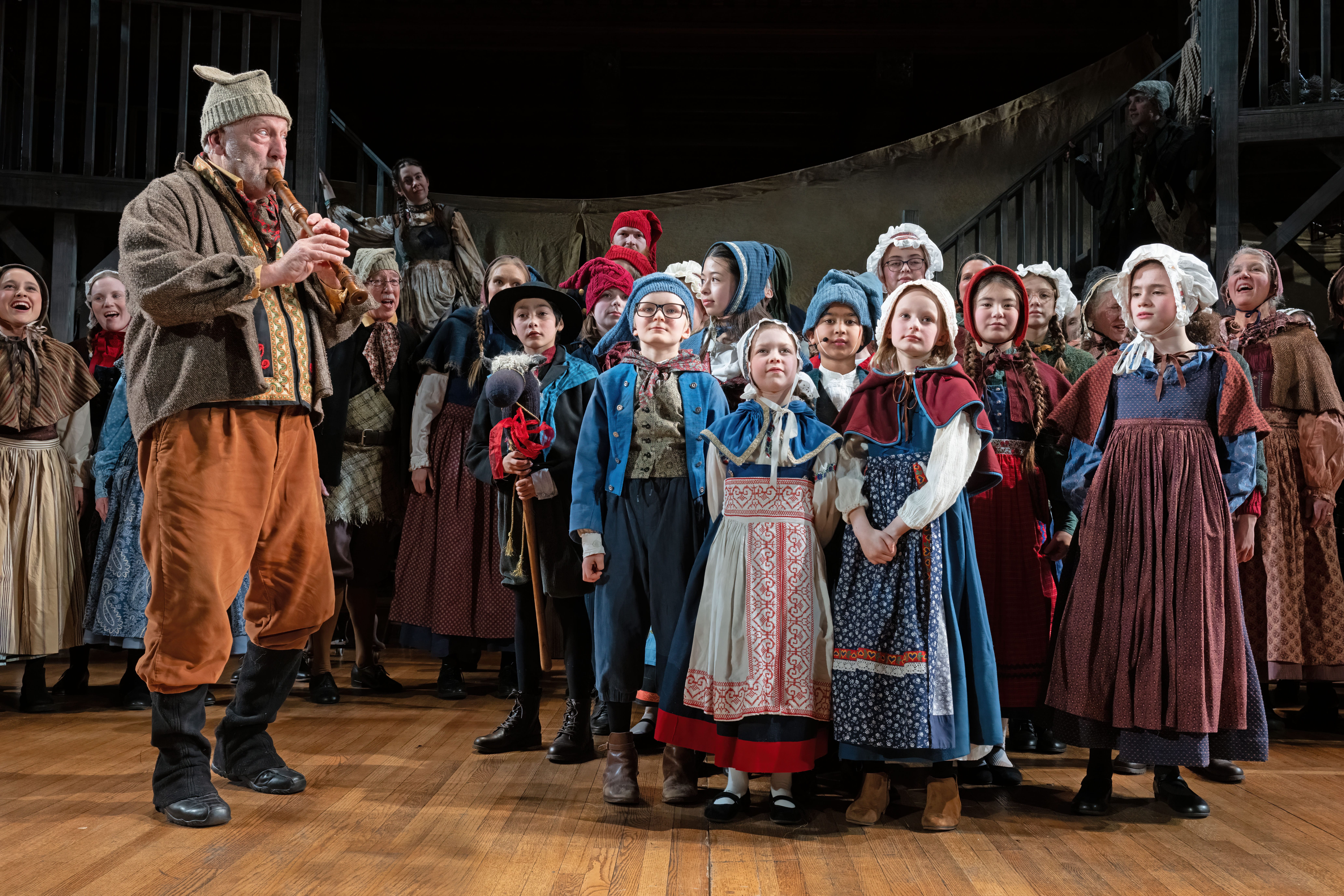
Read More
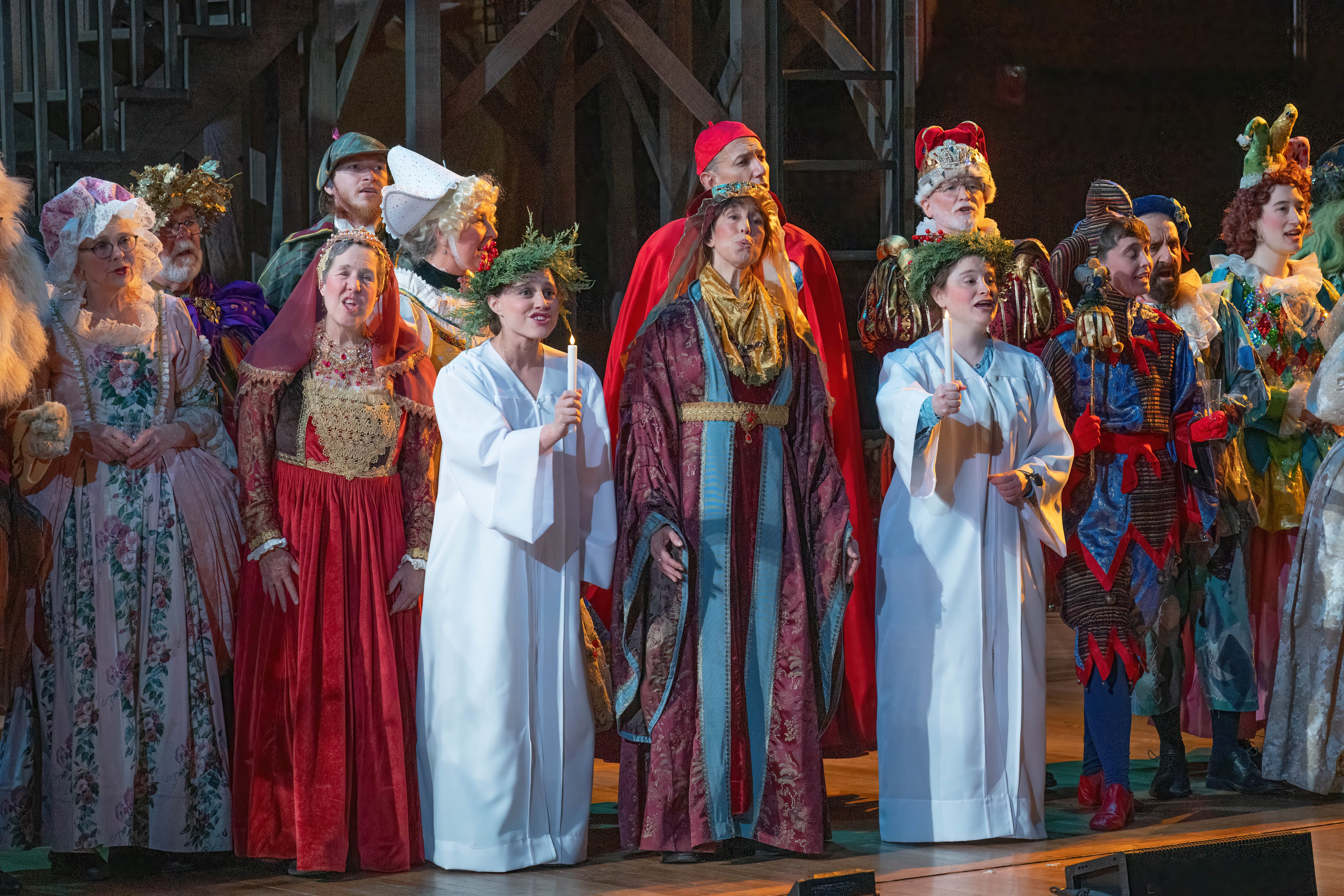
Read More
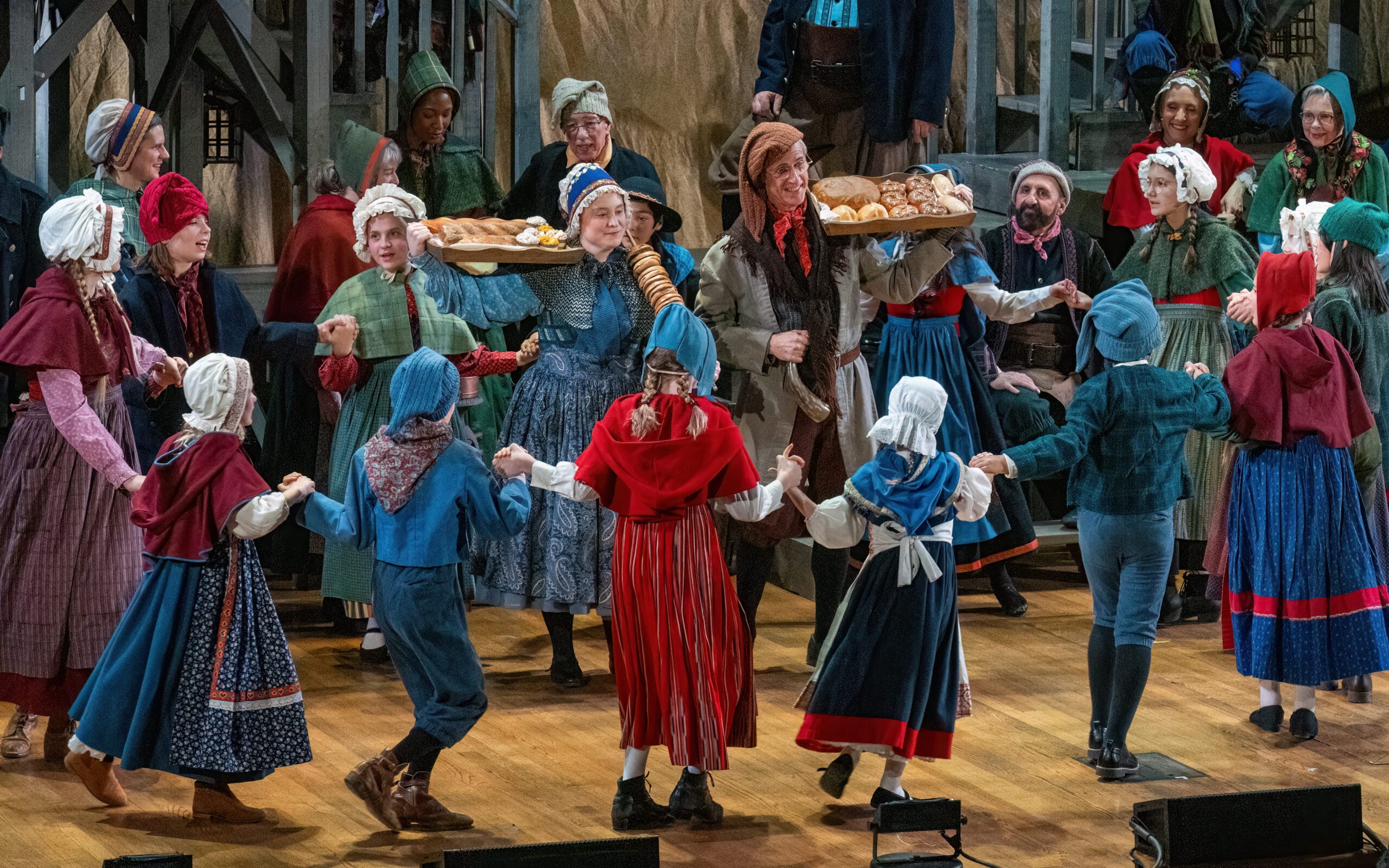
Read More

Read More
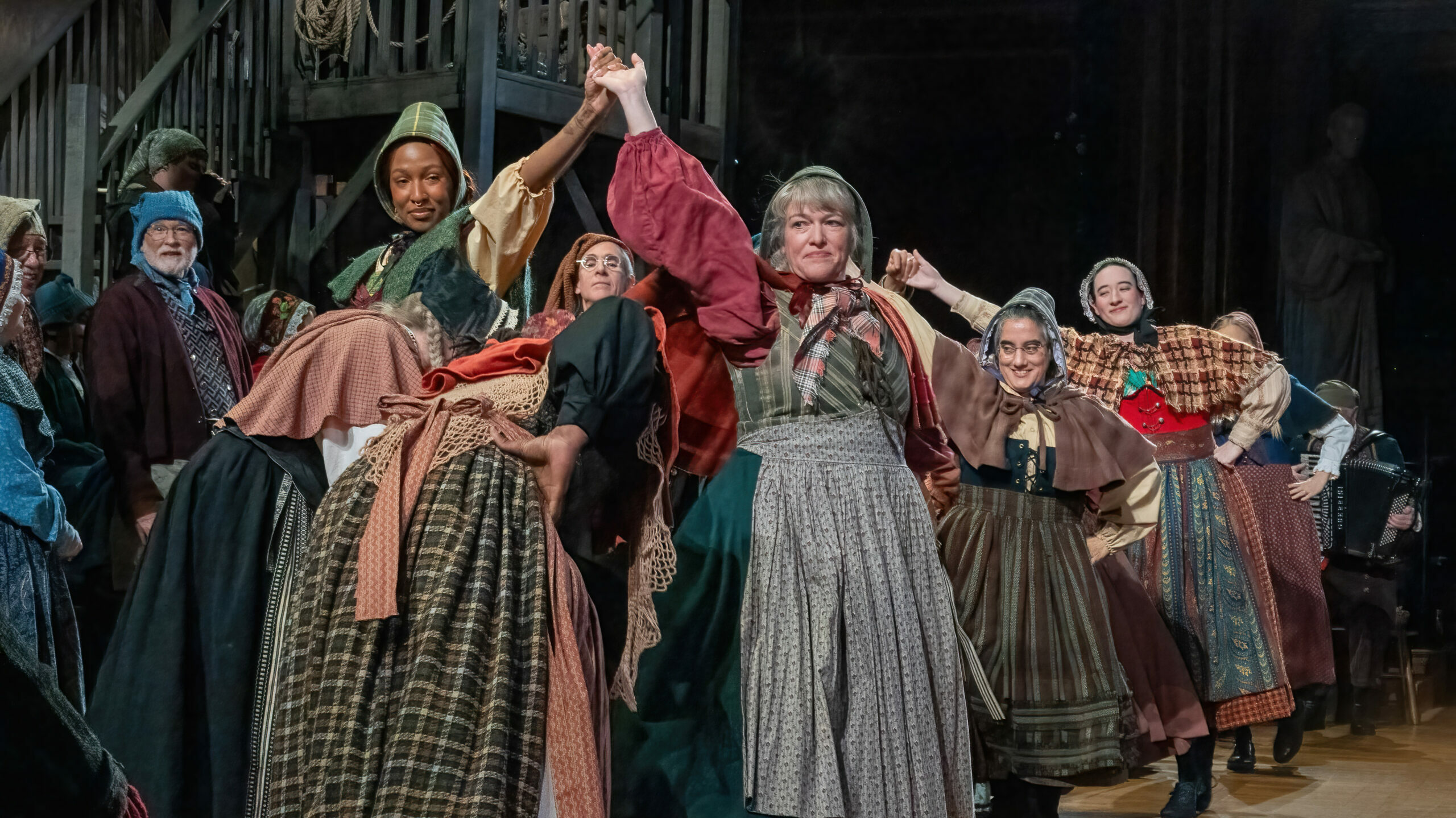
Read More
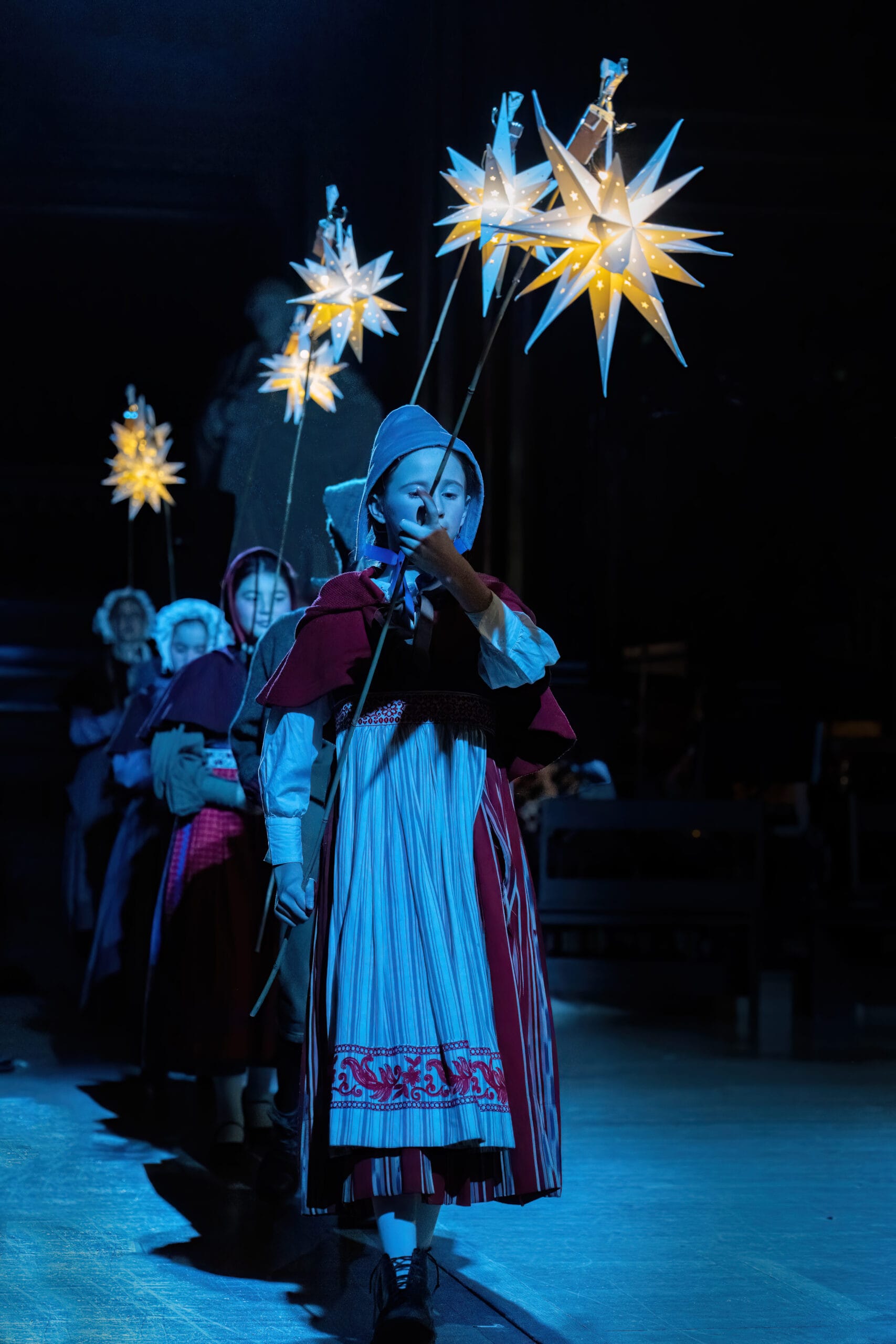
Read More
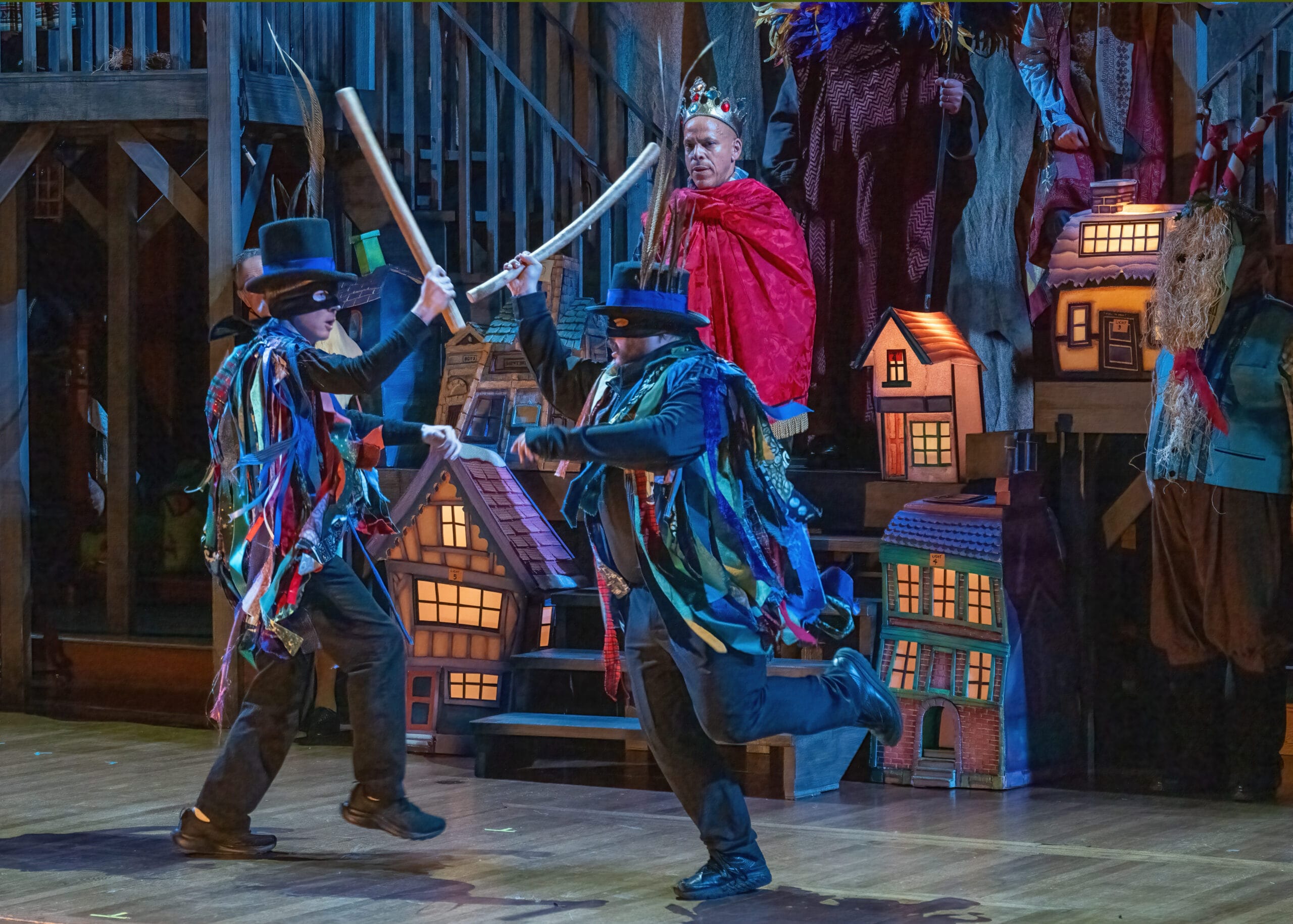
Read More

Read More
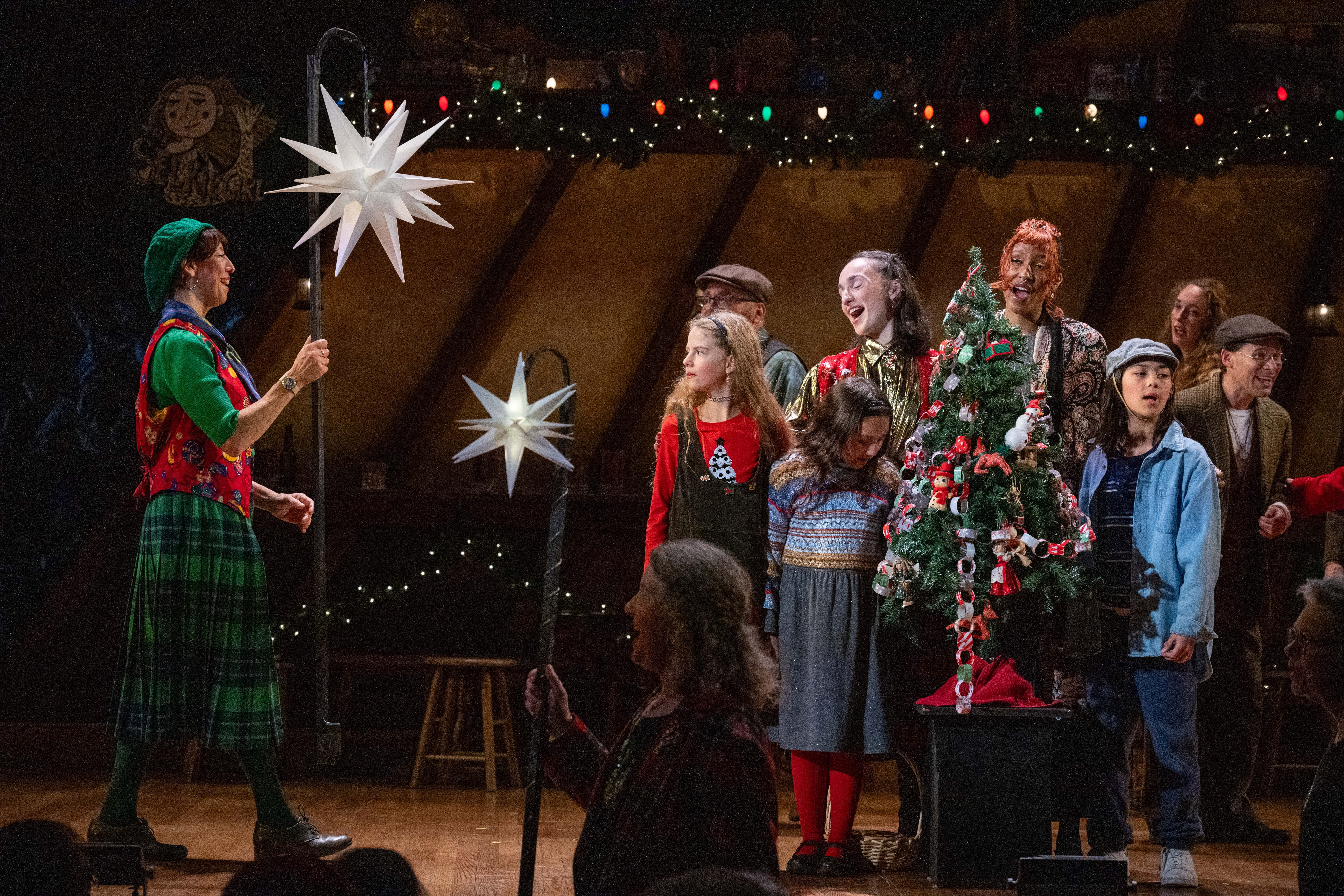
Read More
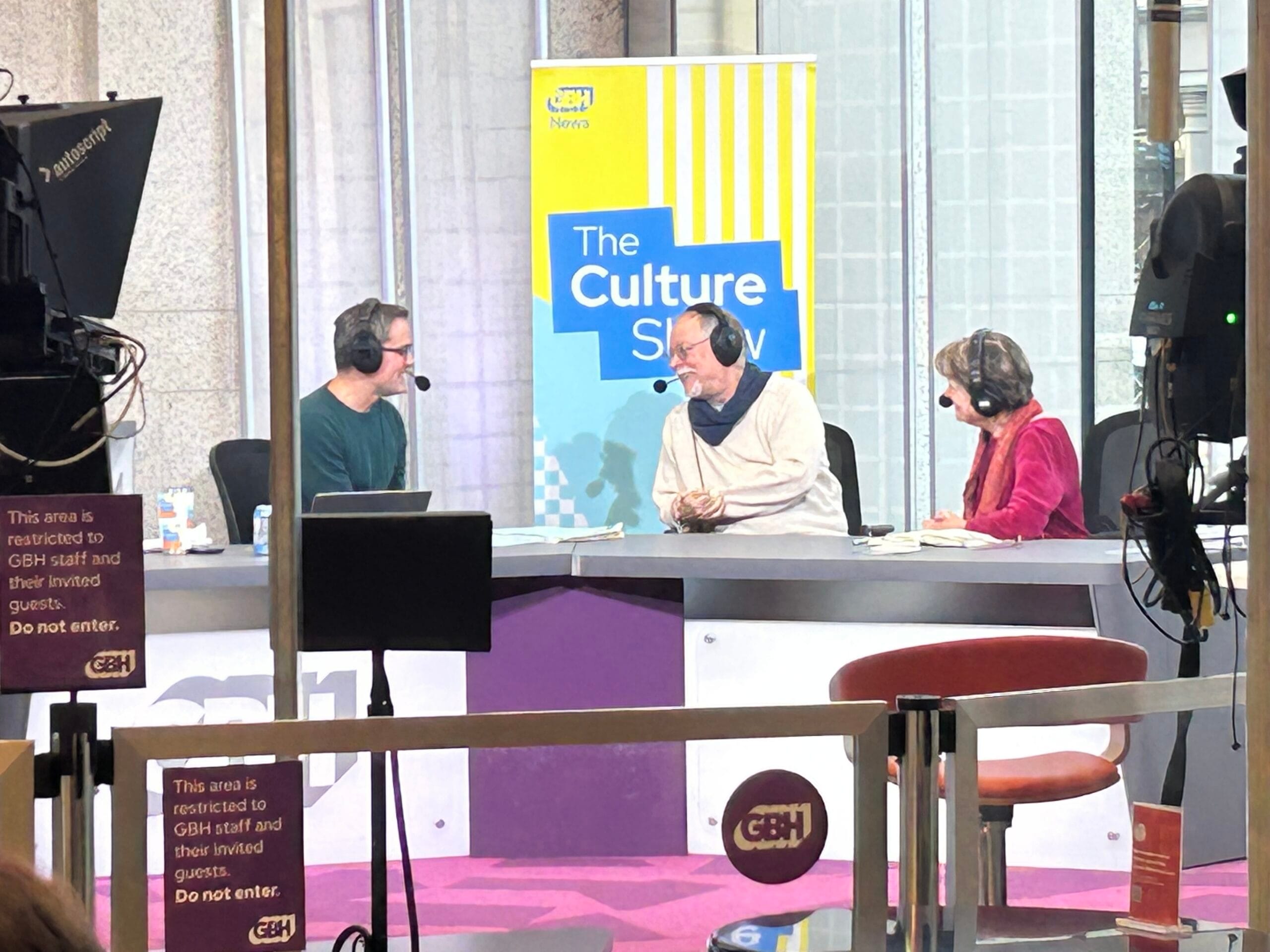
Read More
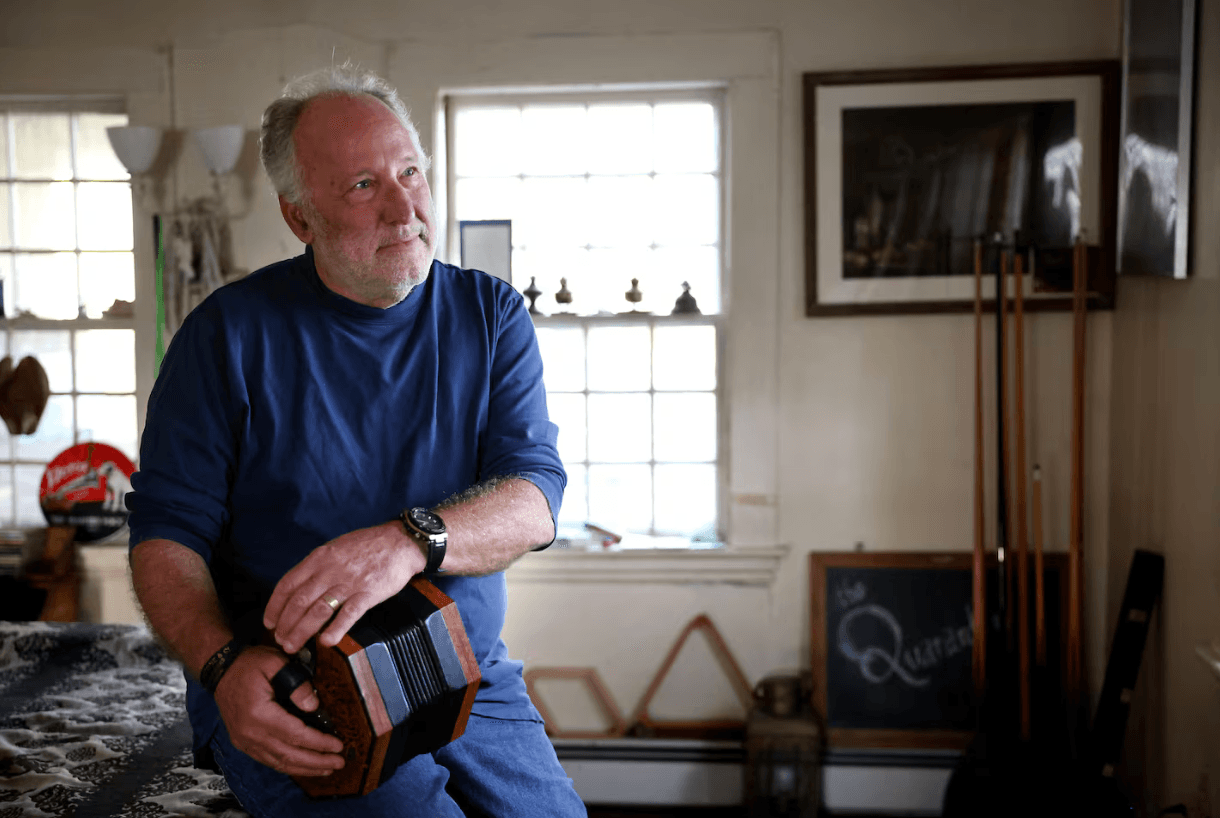
Read More

Read More
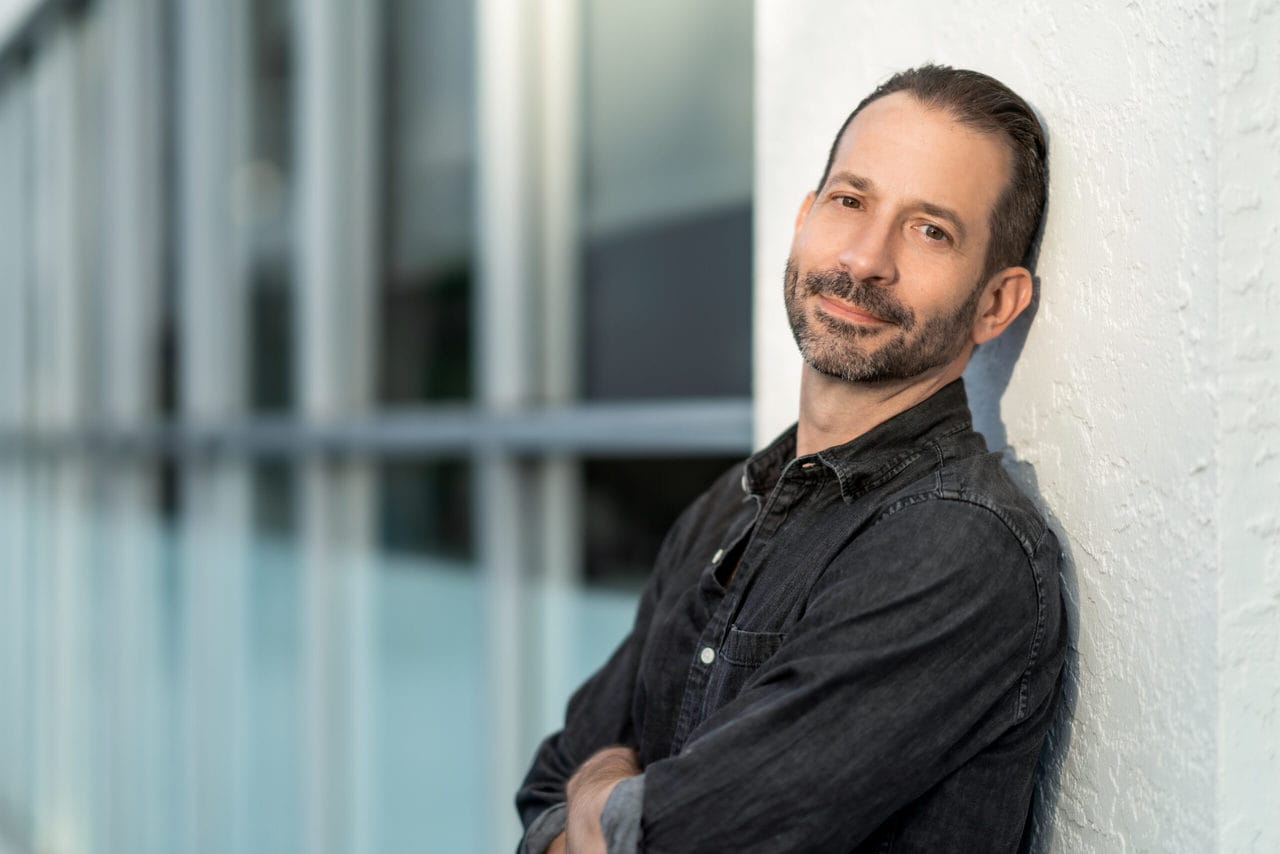
Read More

Read More
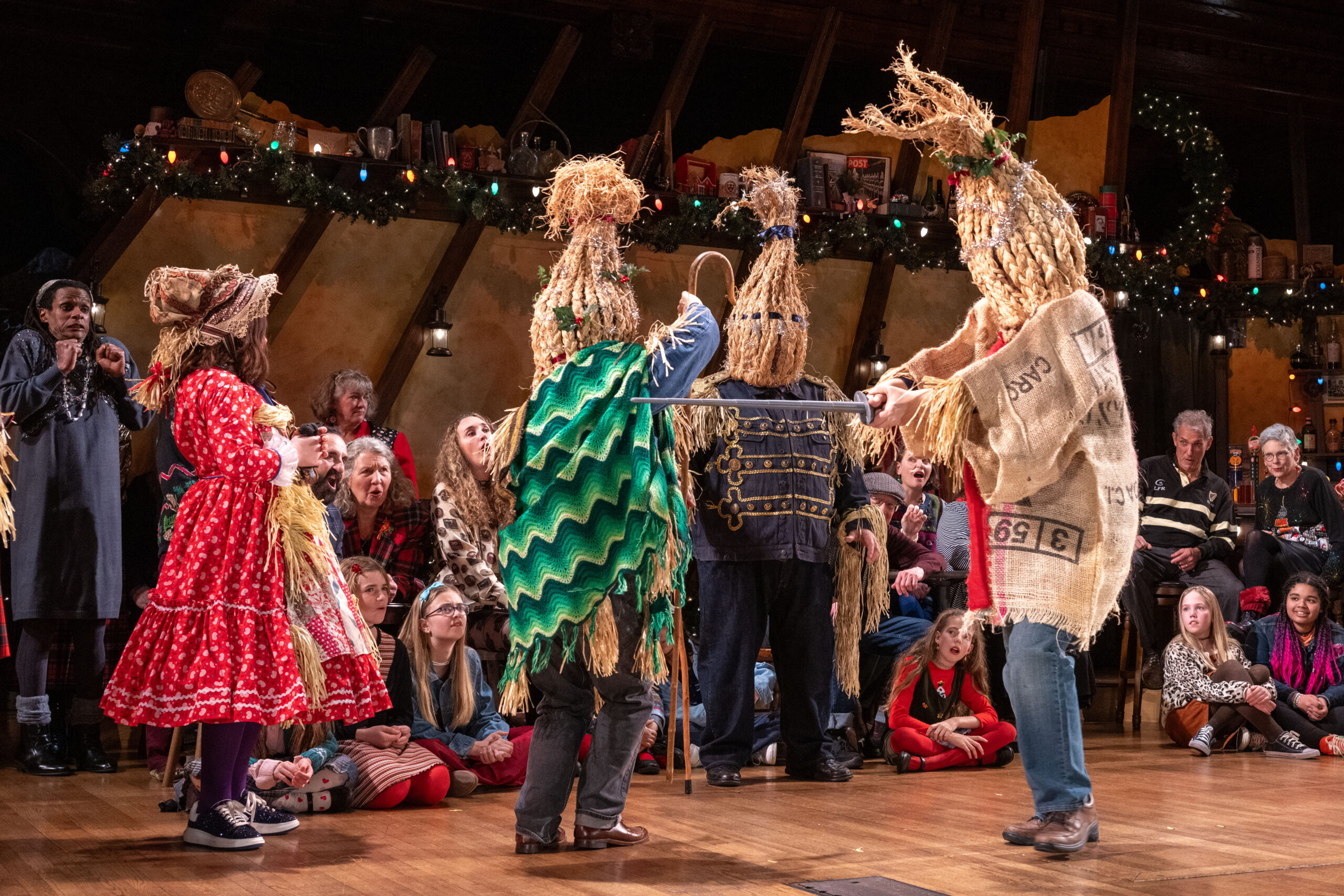
Read More
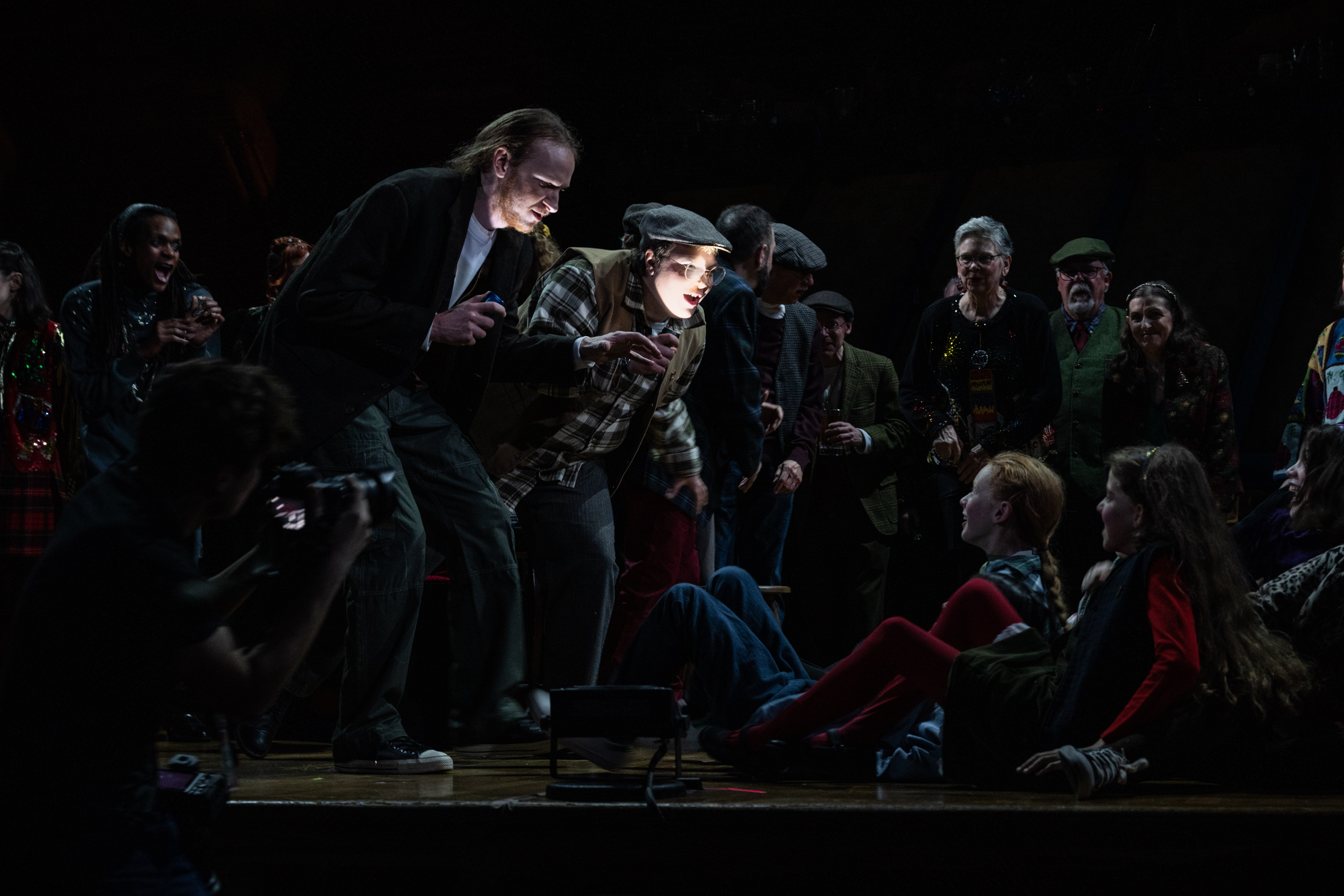
Read More
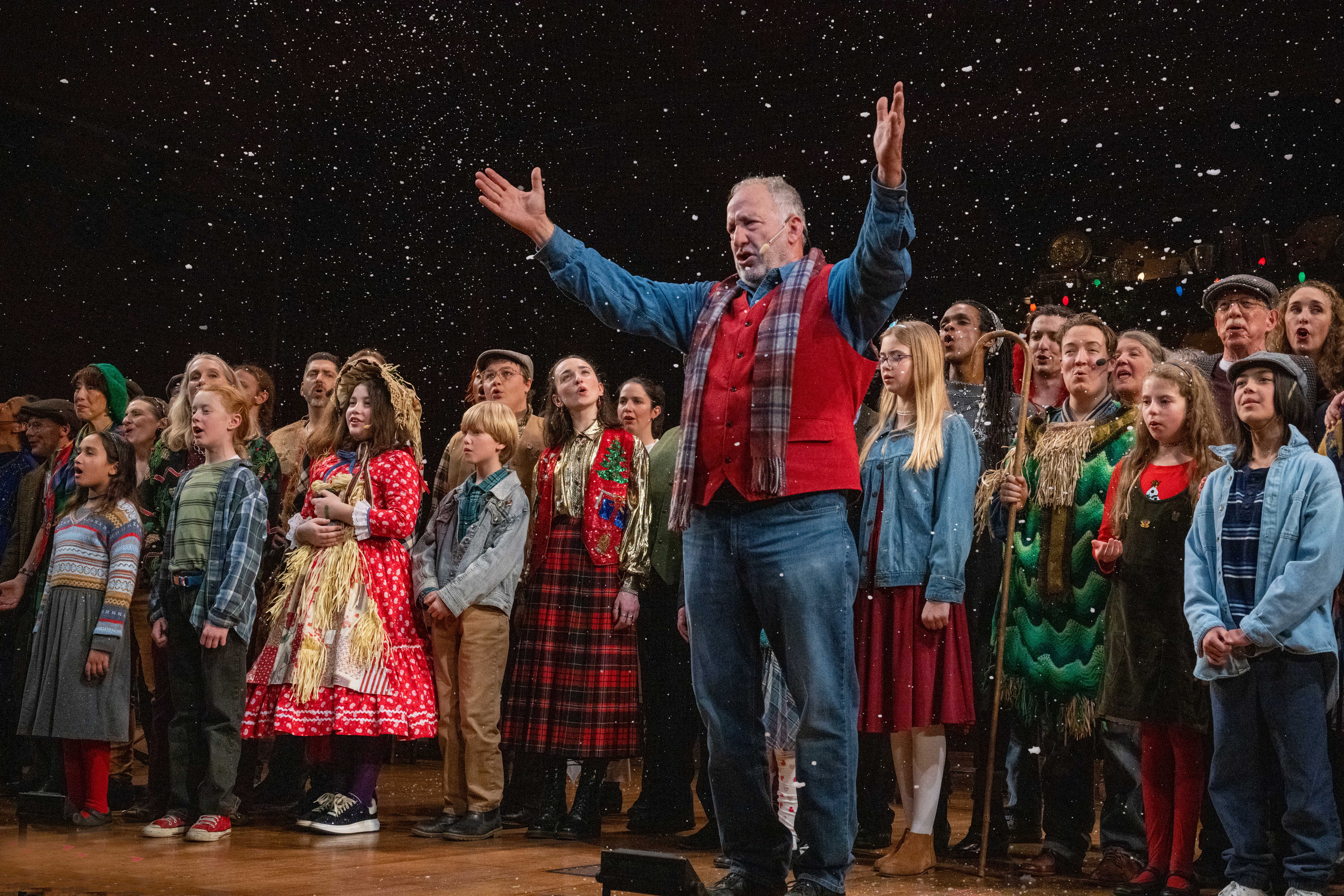
Read More
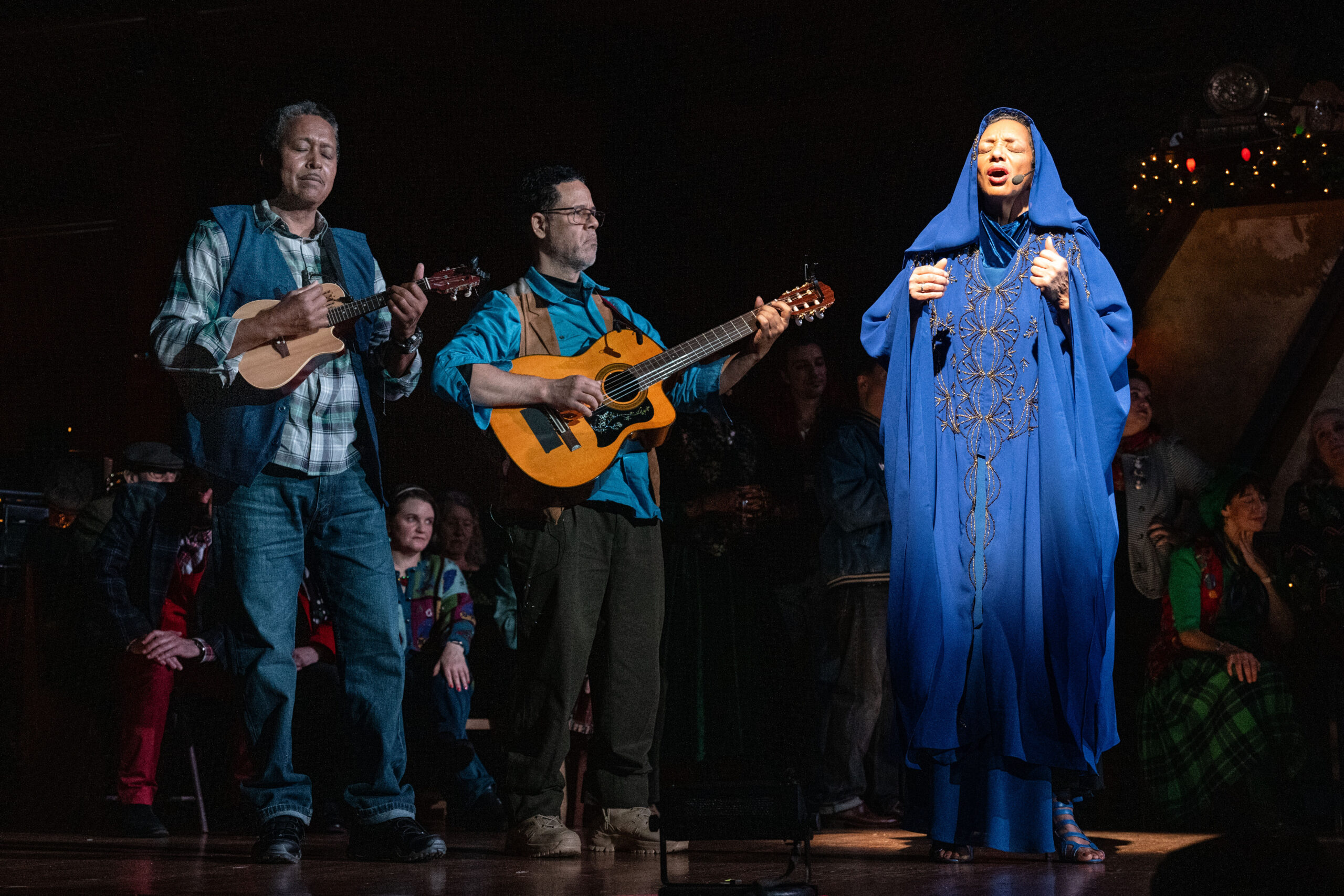
Read More

Read More
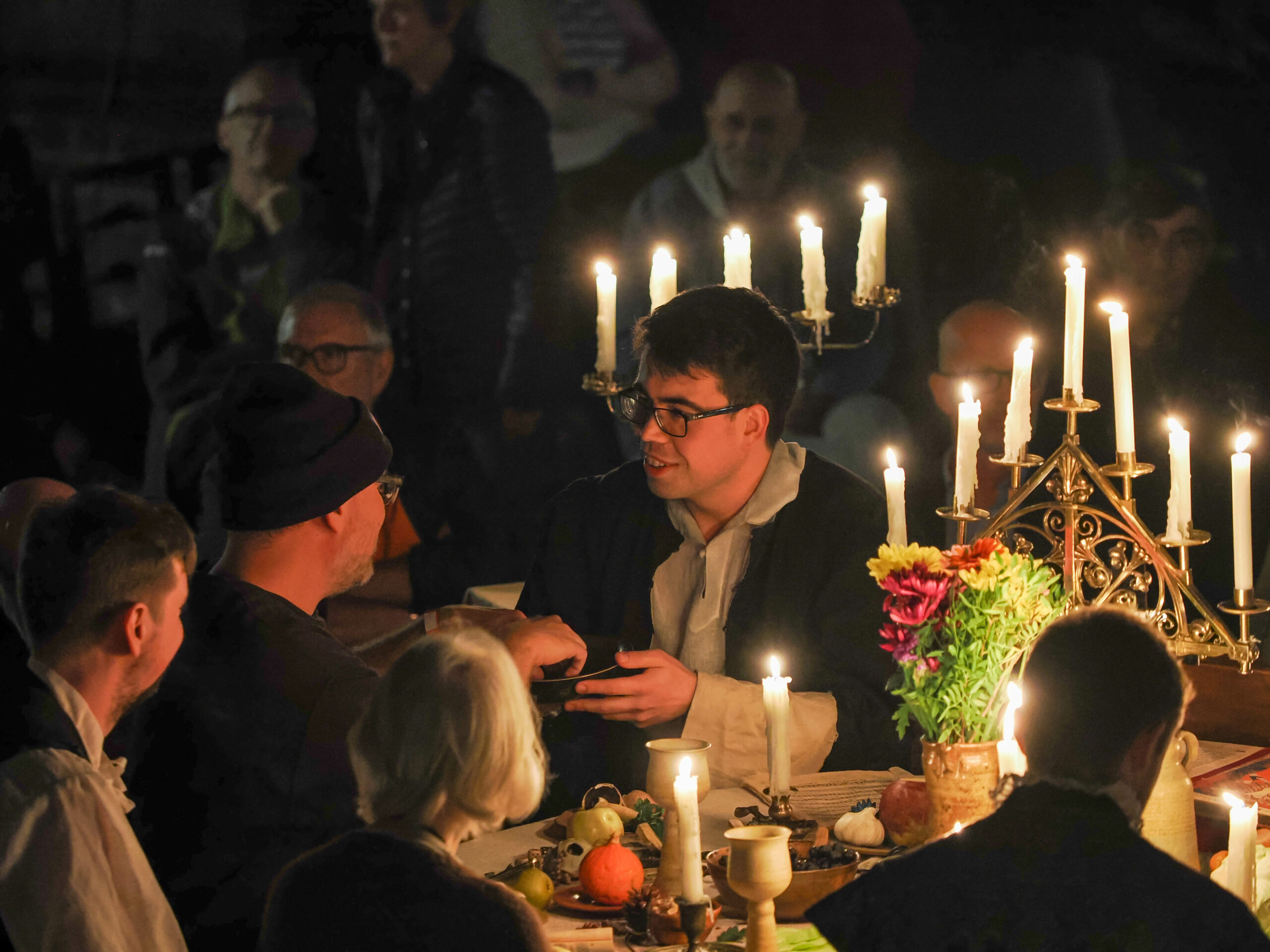
Read More

Read More

Read More

Read More

Read More
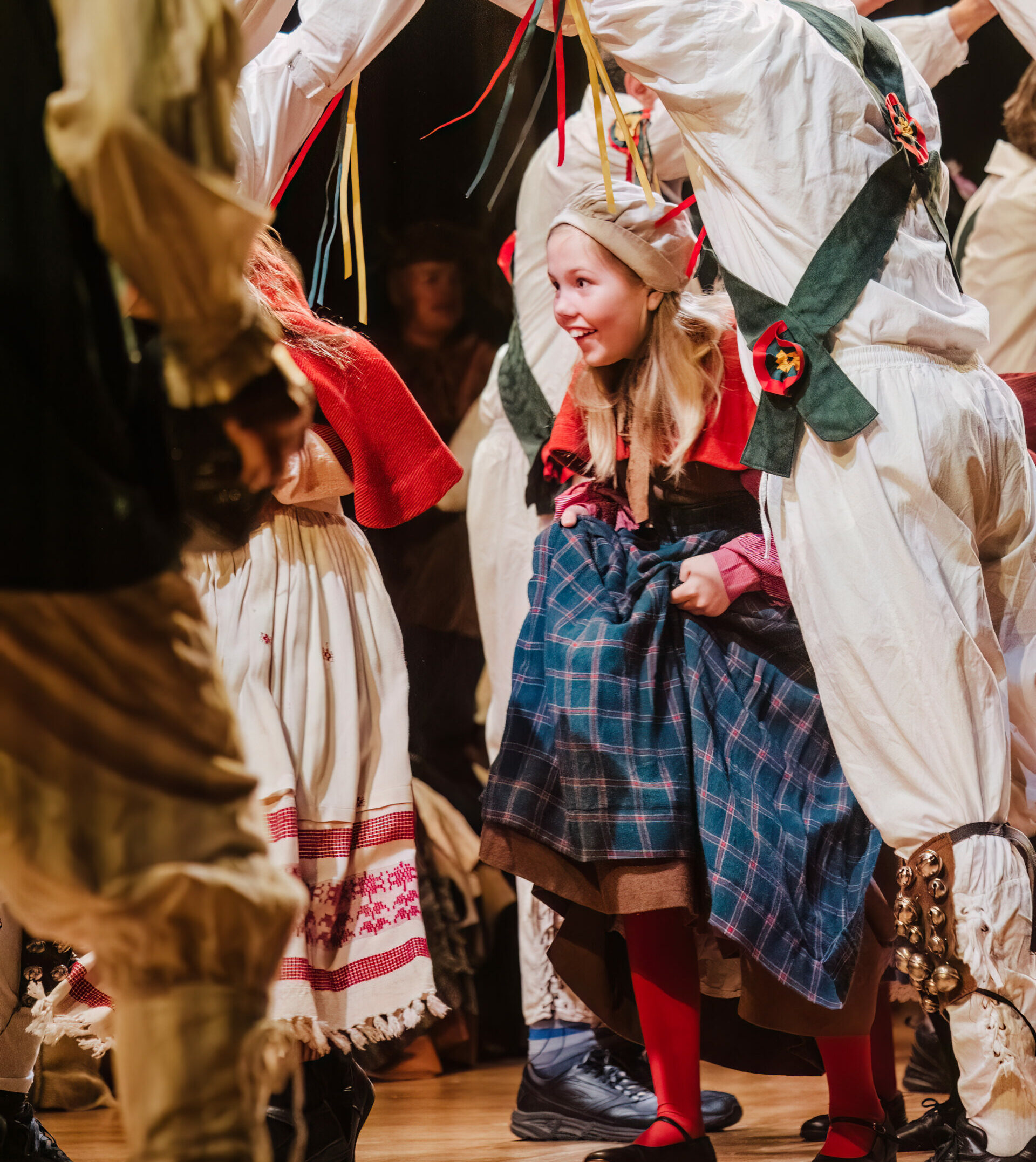
Read More
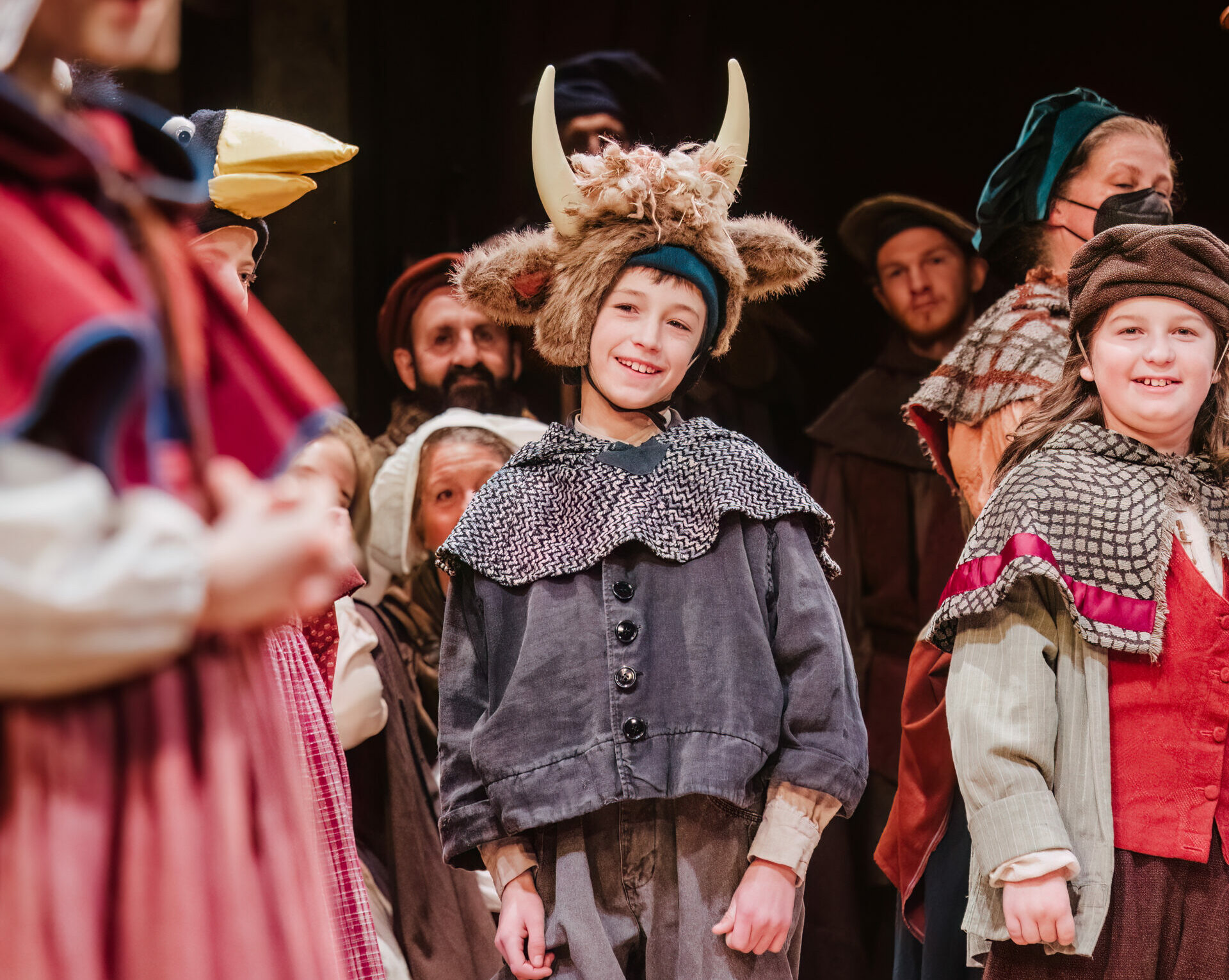
Read More
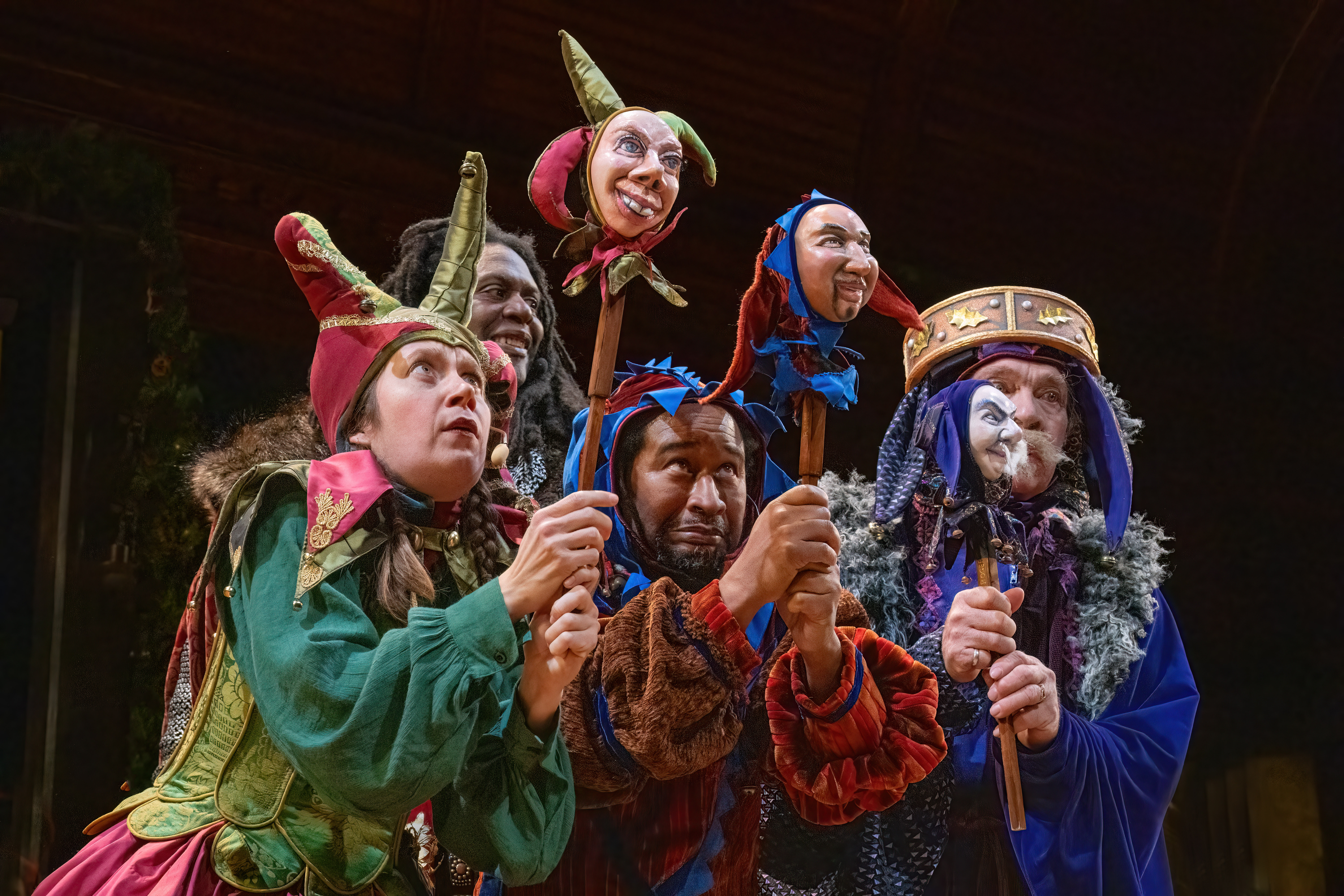
Read More
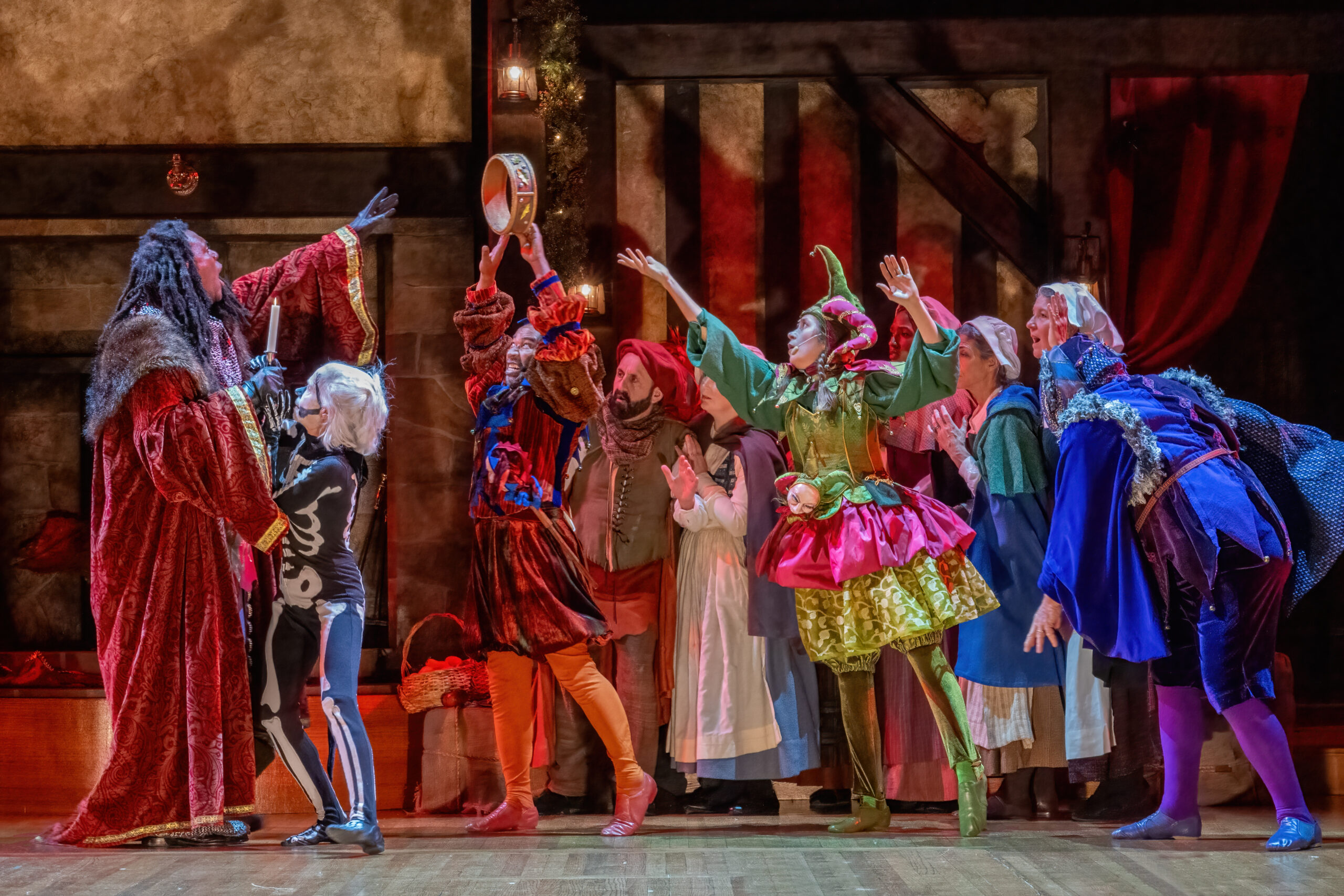
Read More
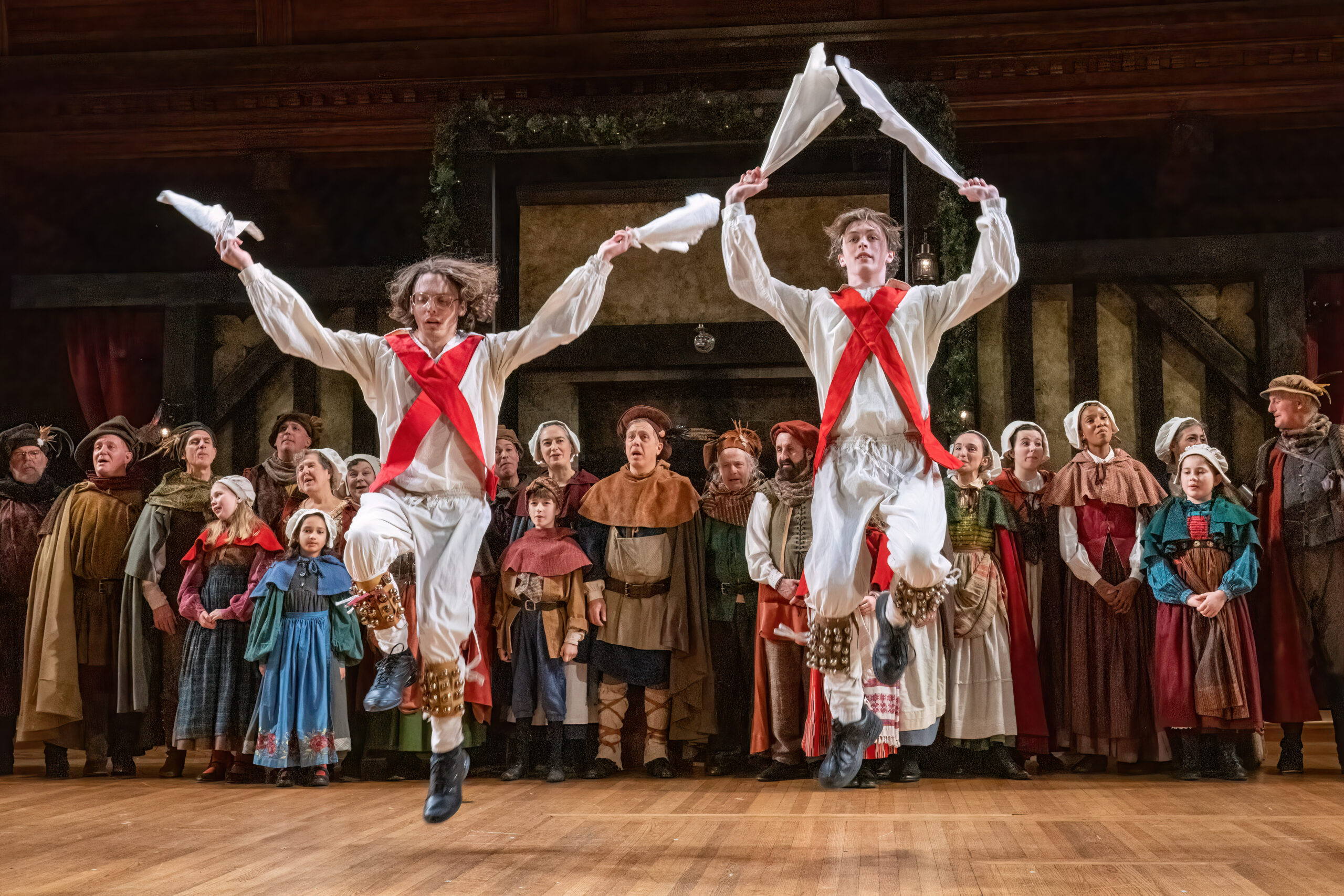
Read More

Read More

Read More
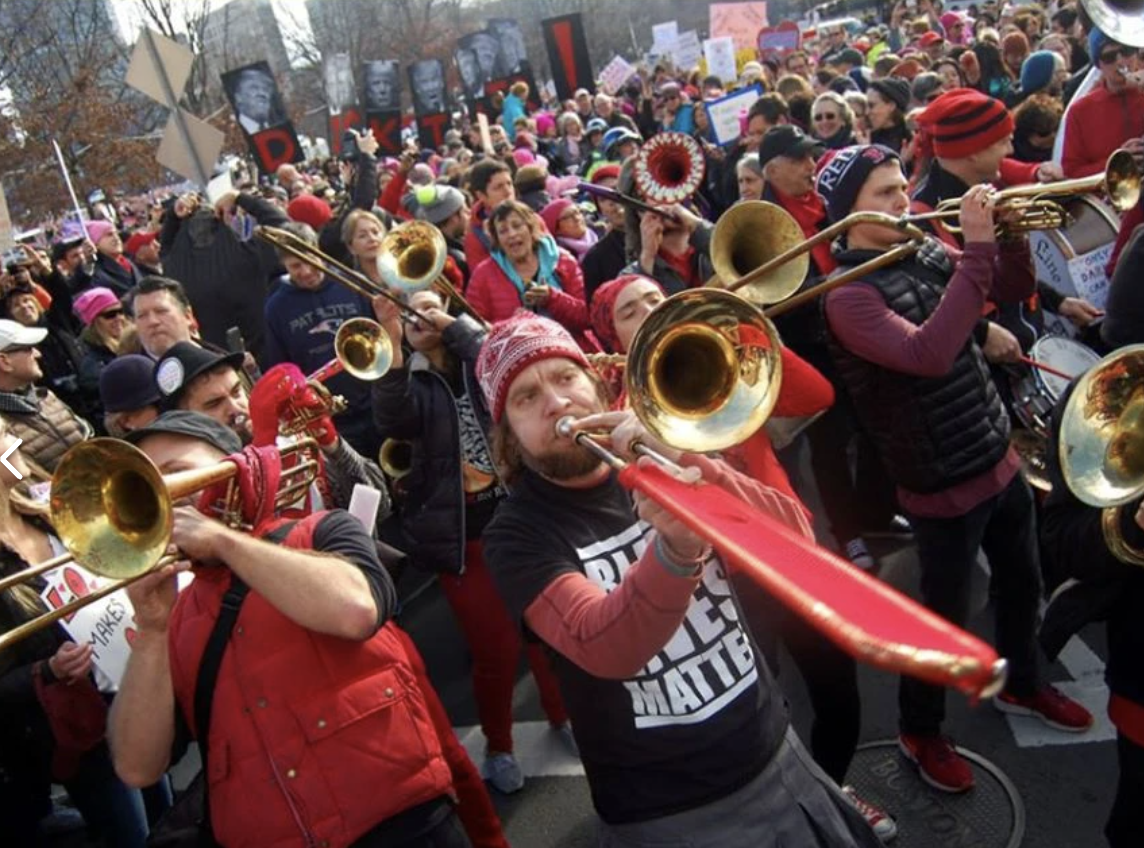
Read More

Read More
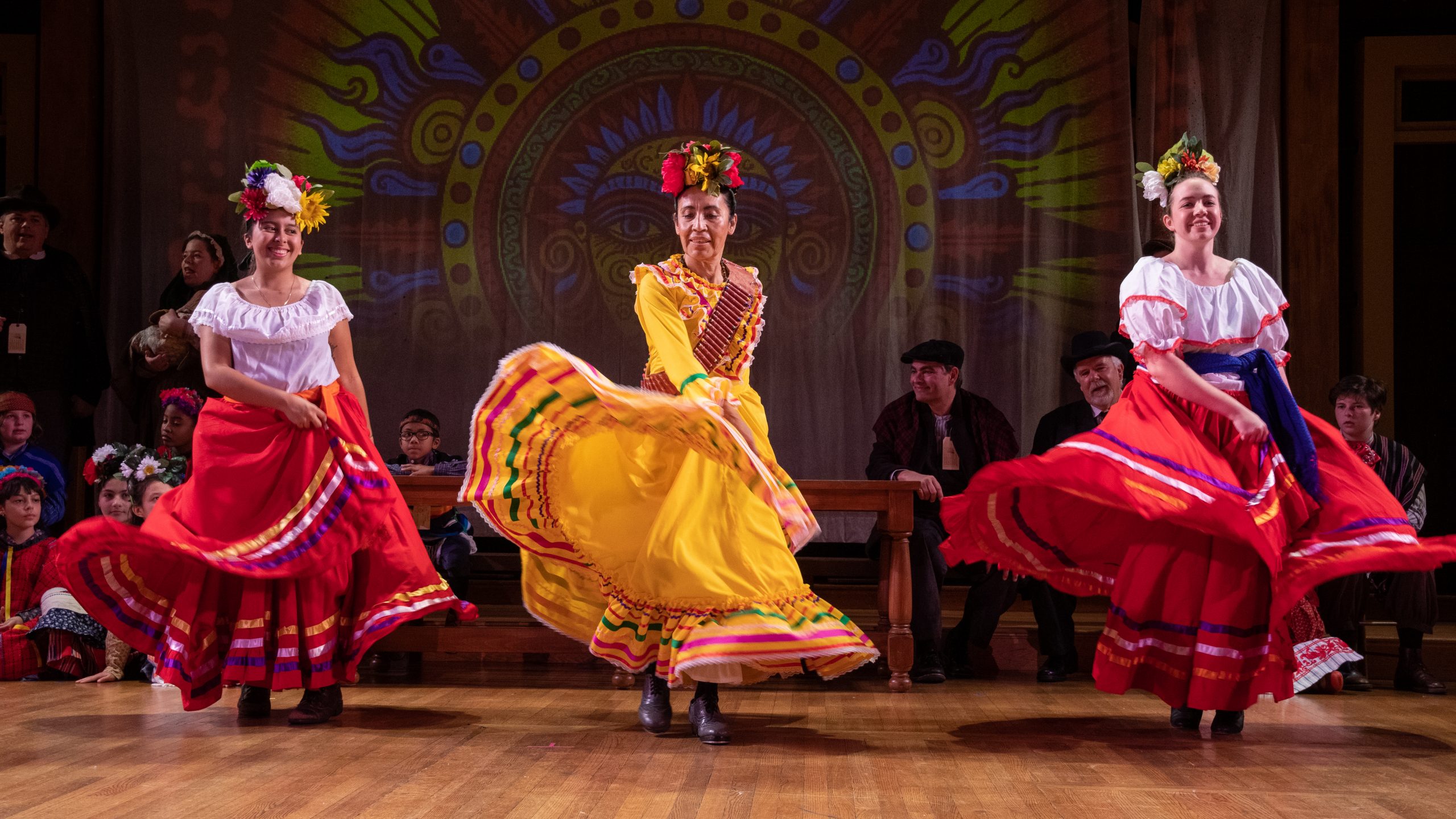
Read More
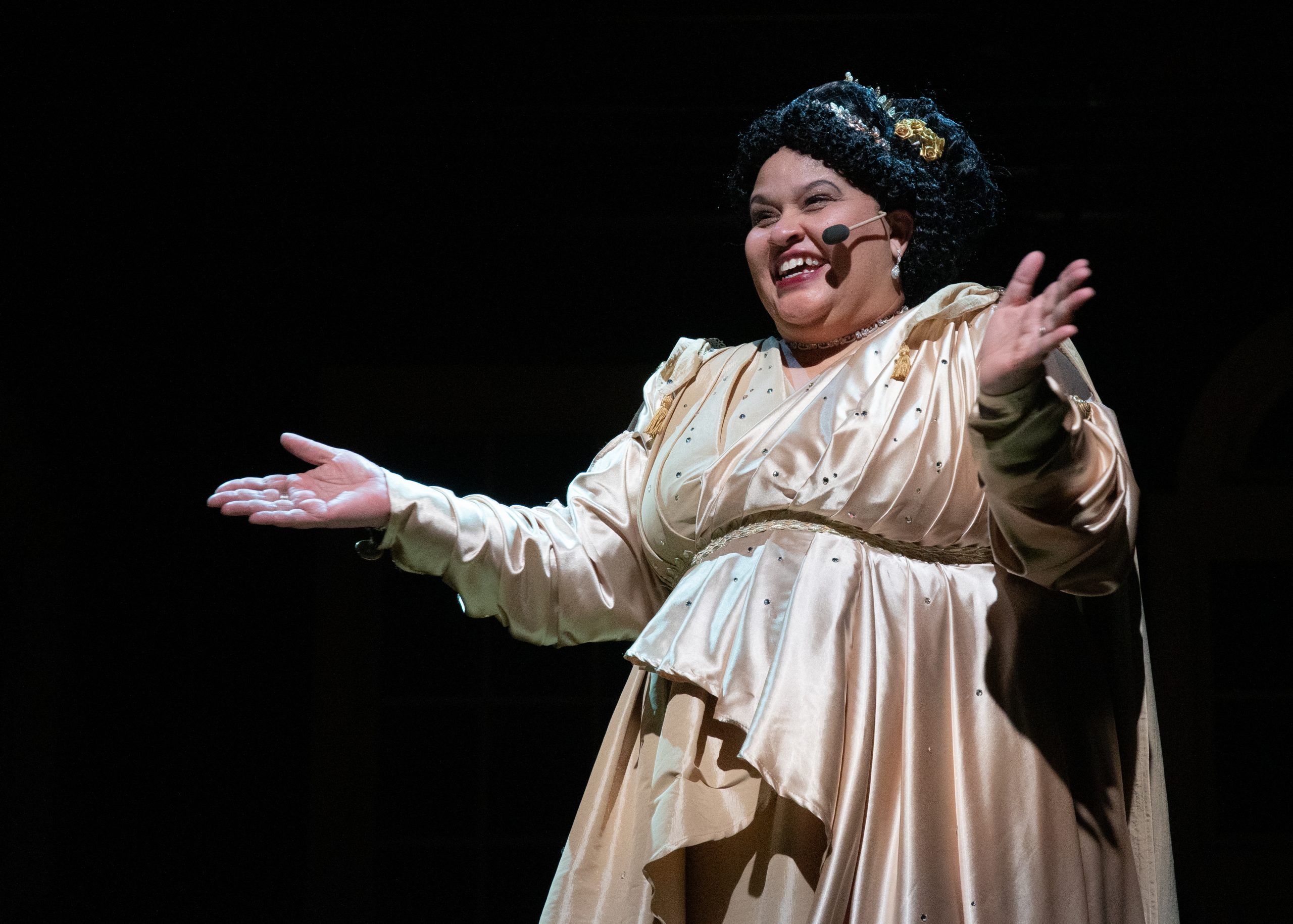
Read More

Read More
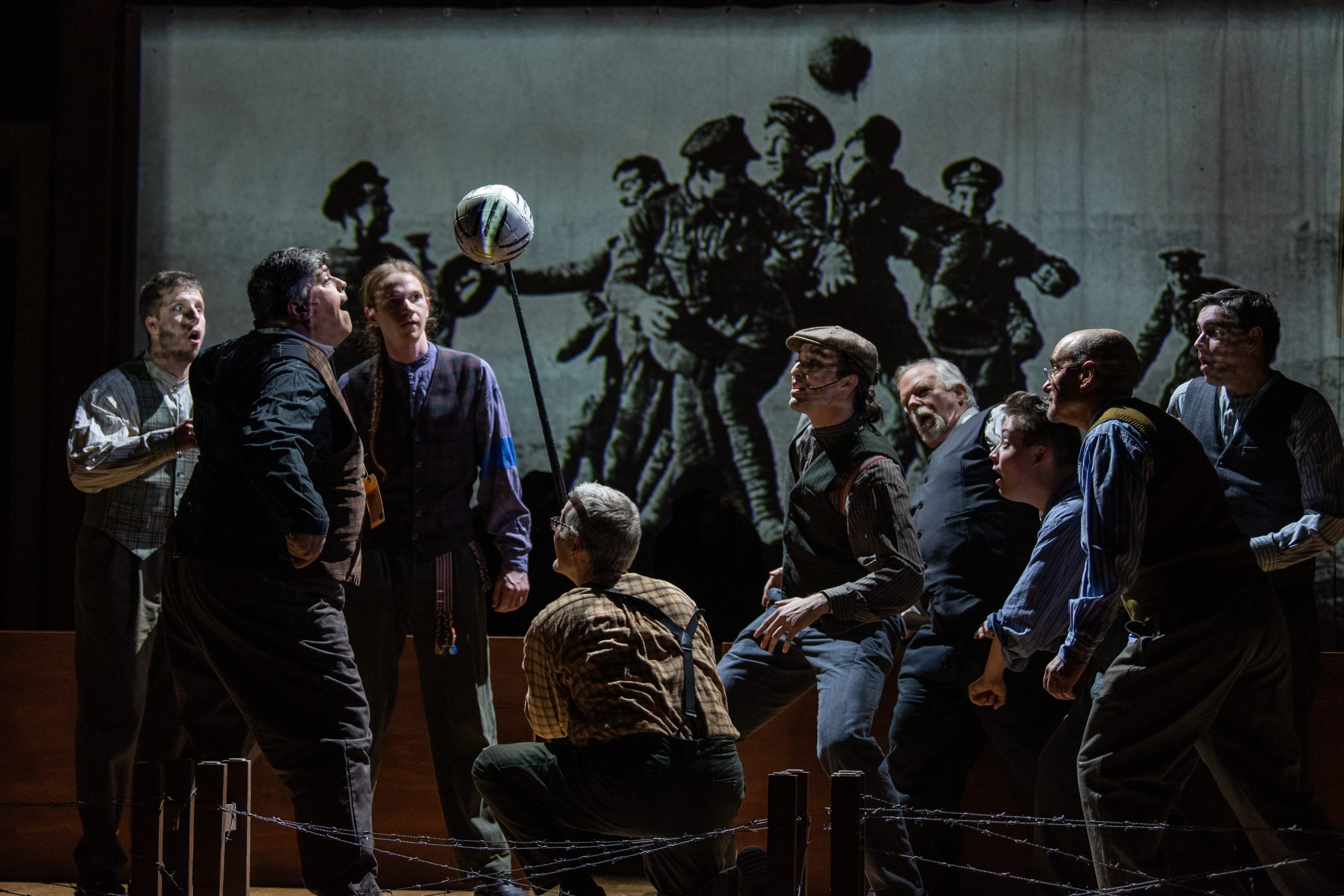
Read More

Read More

Read More
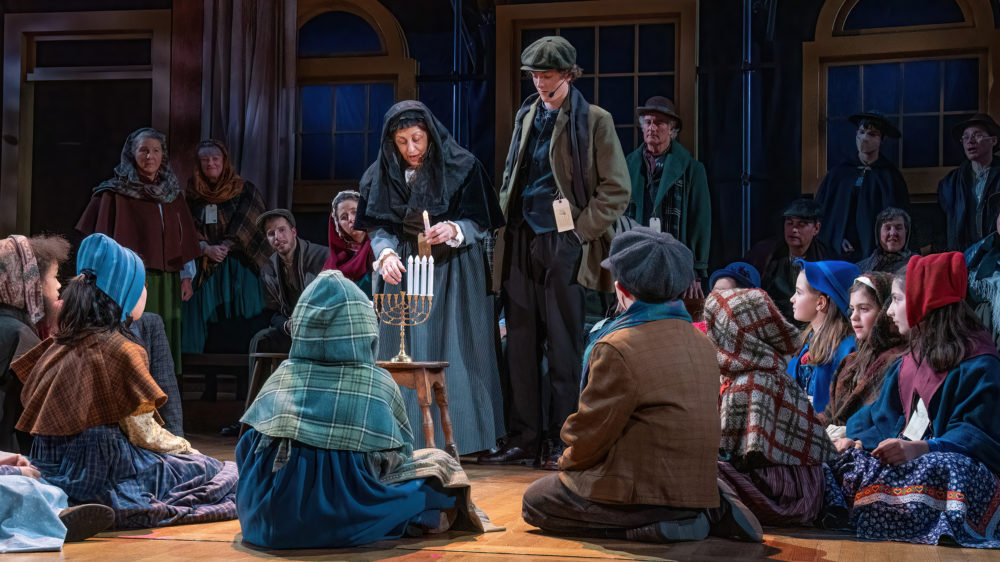
Read More
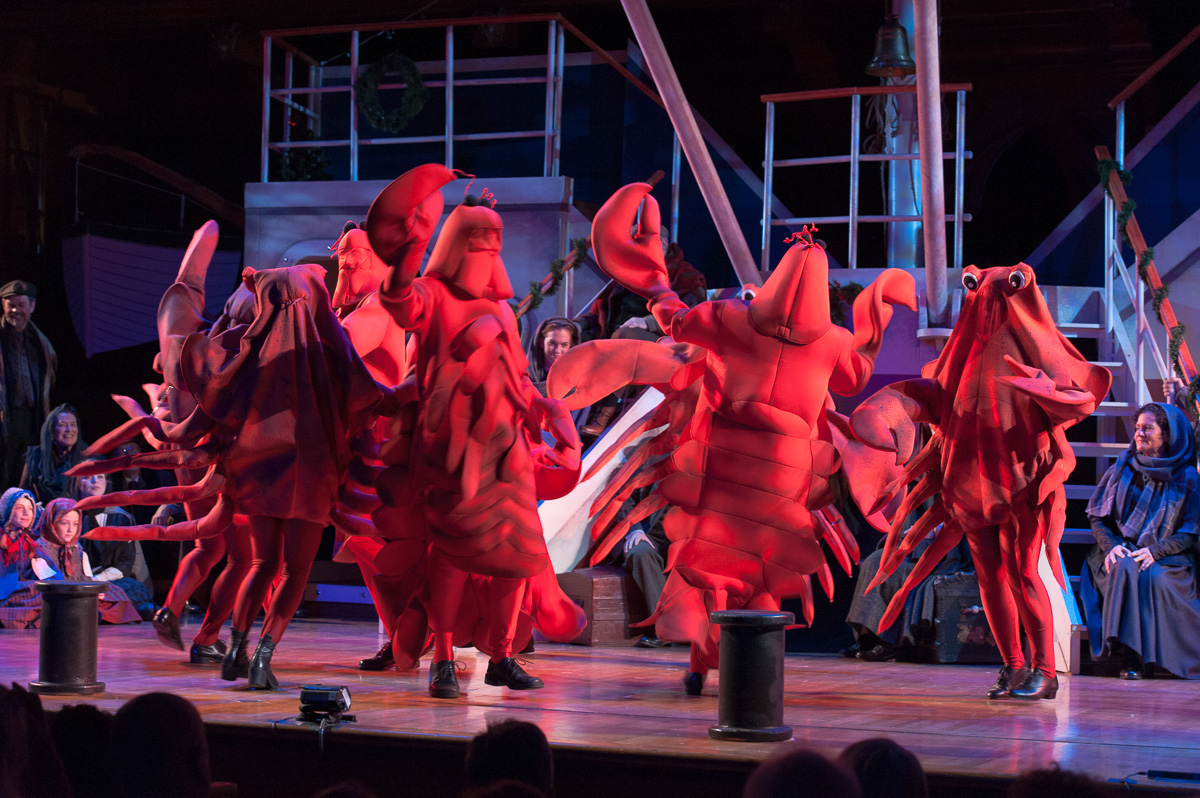
Read More
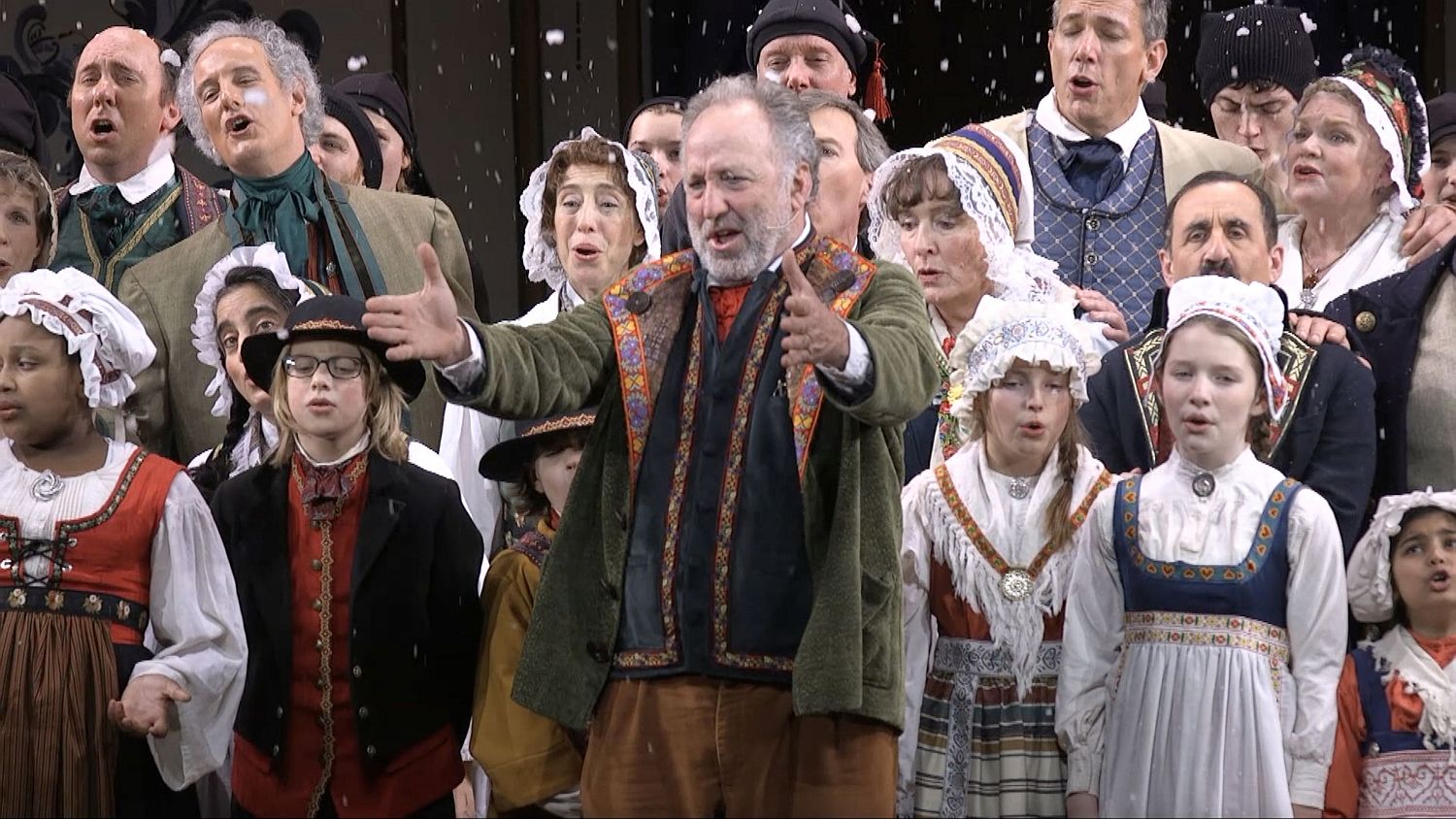
Read More

Read More

Read More

Read More

Read More

Read More
Read More
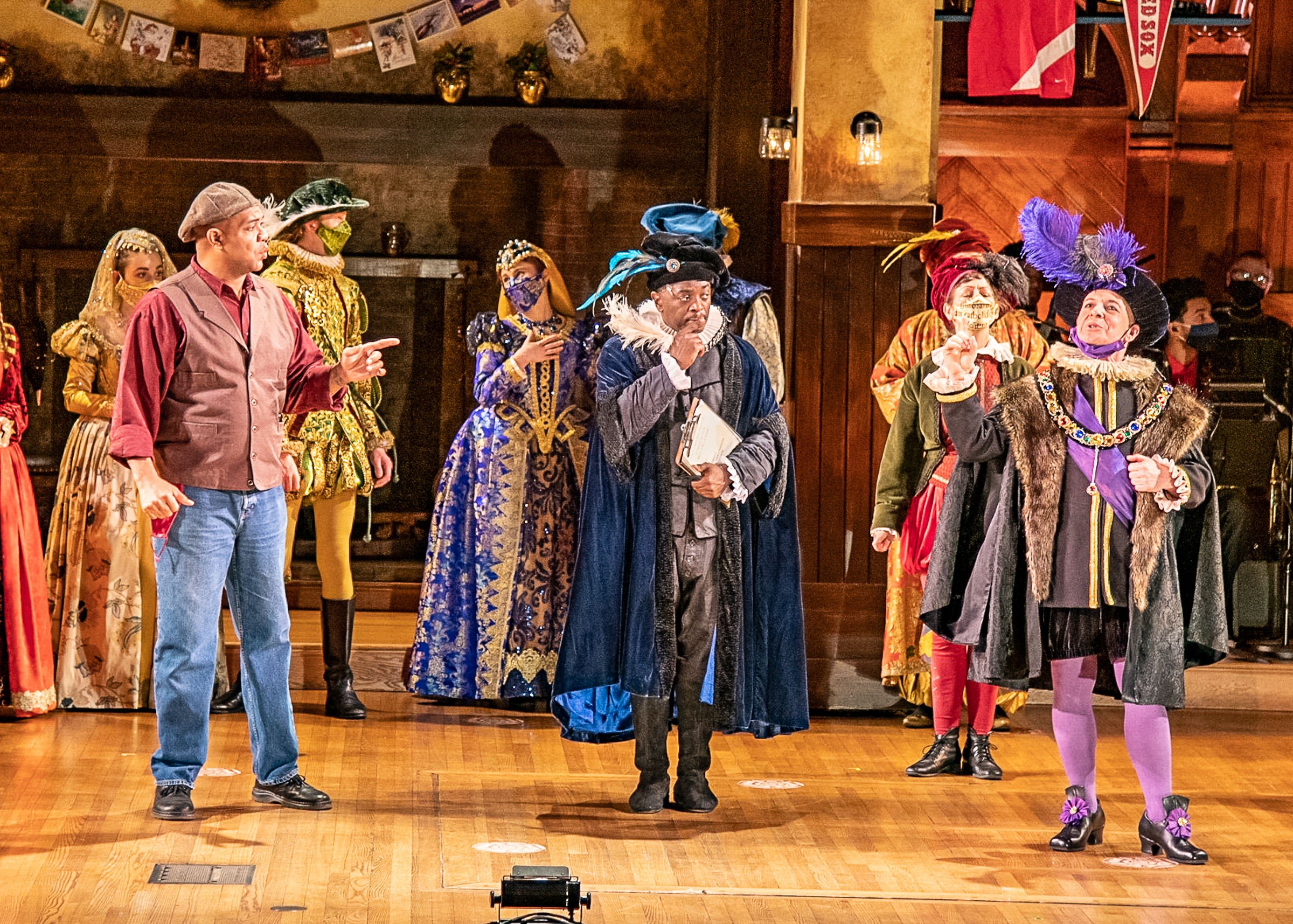
Read More

Read More
Read More

Read More
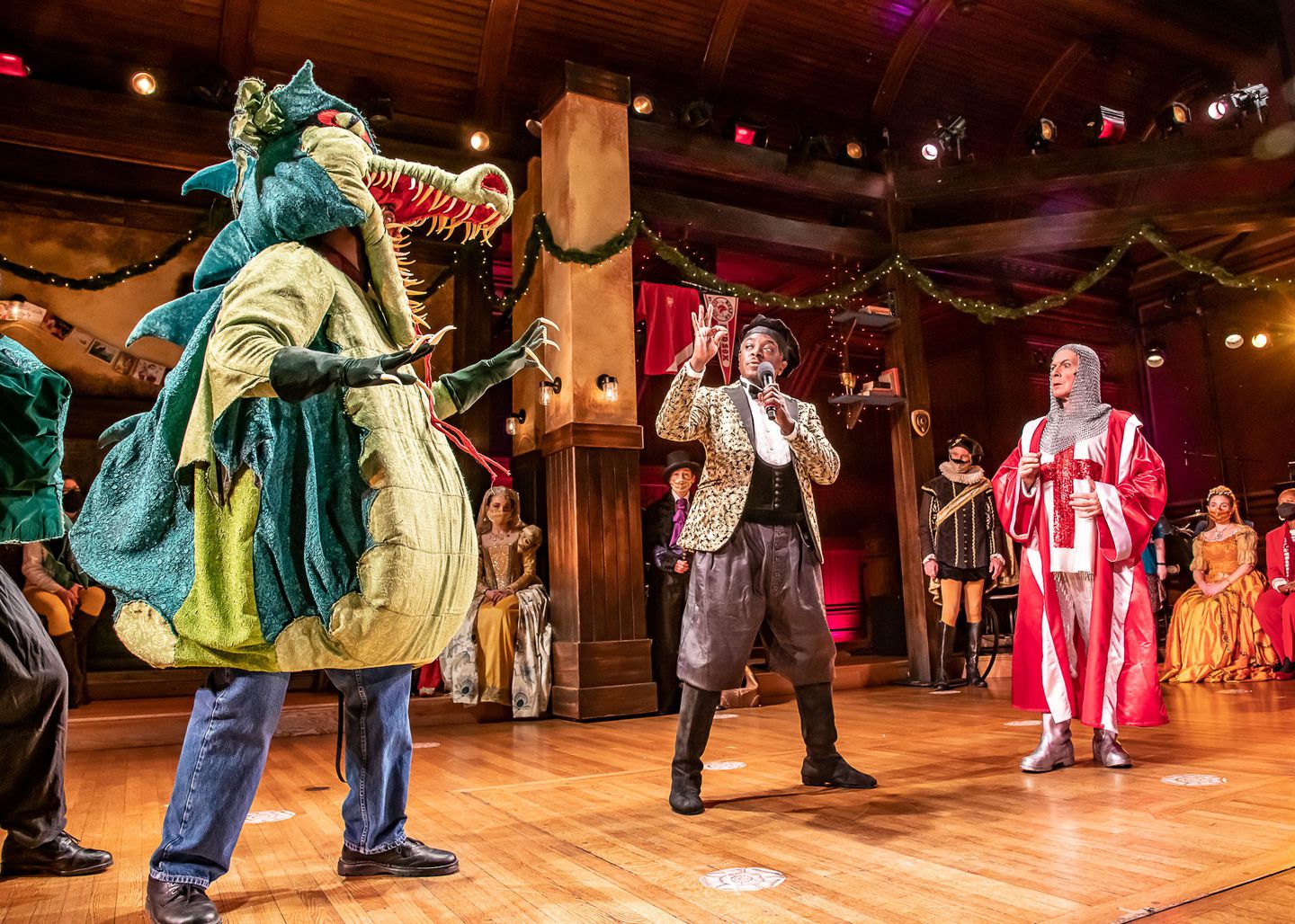
Read More

Read More
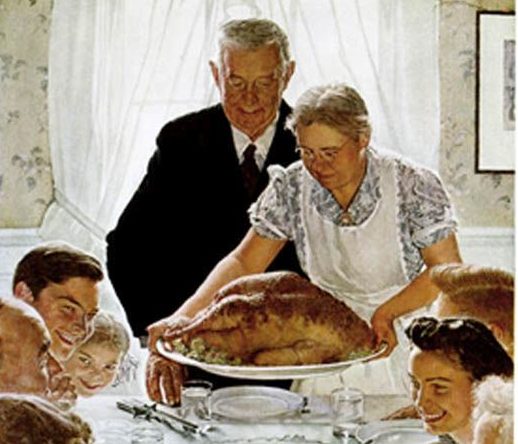
Read More
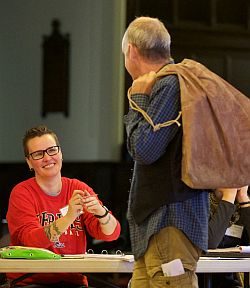
Read More
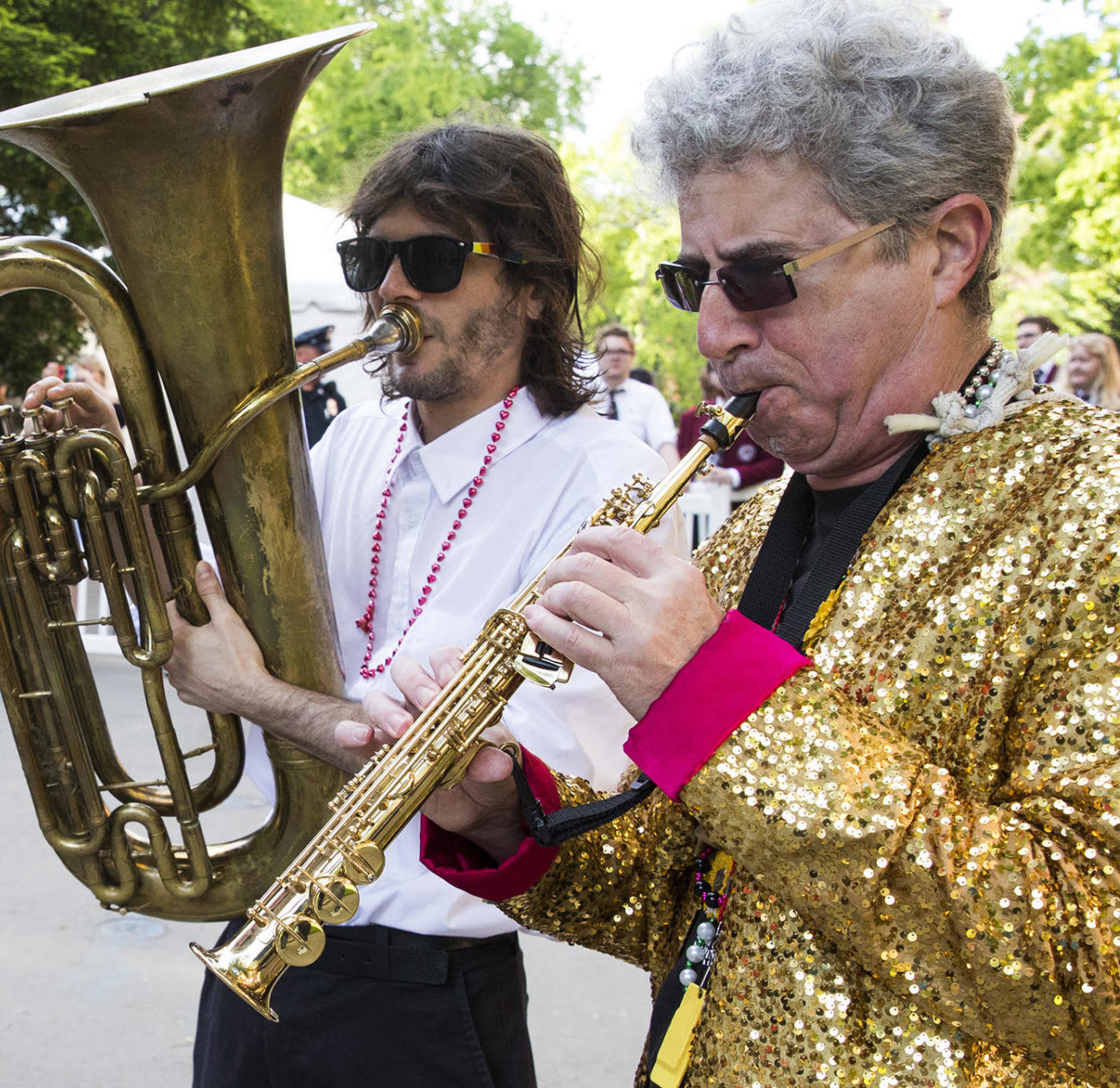
Read More
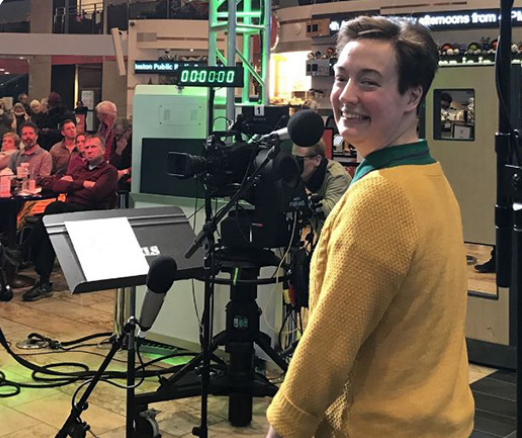
Read More

Read More
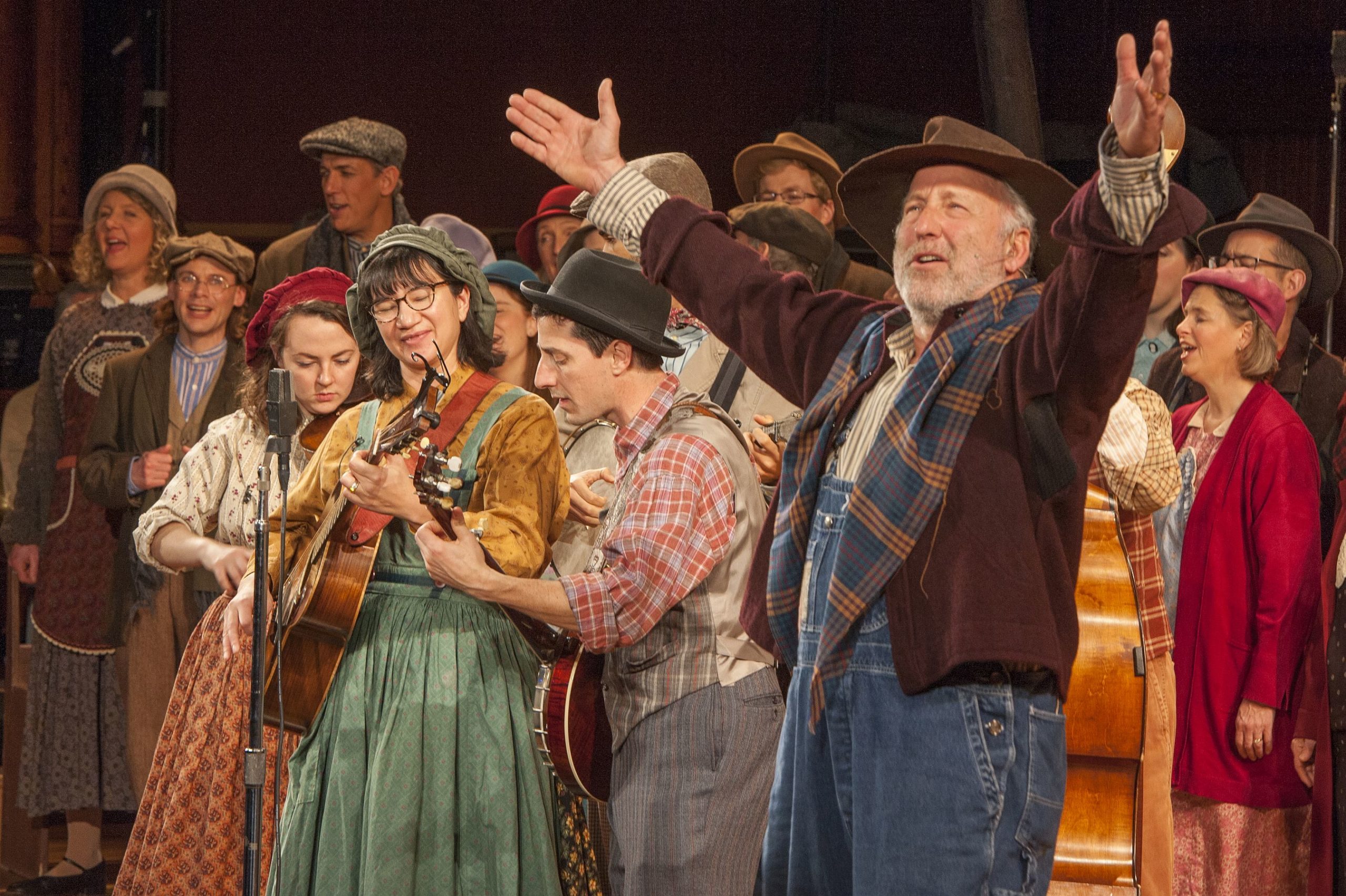
Read More
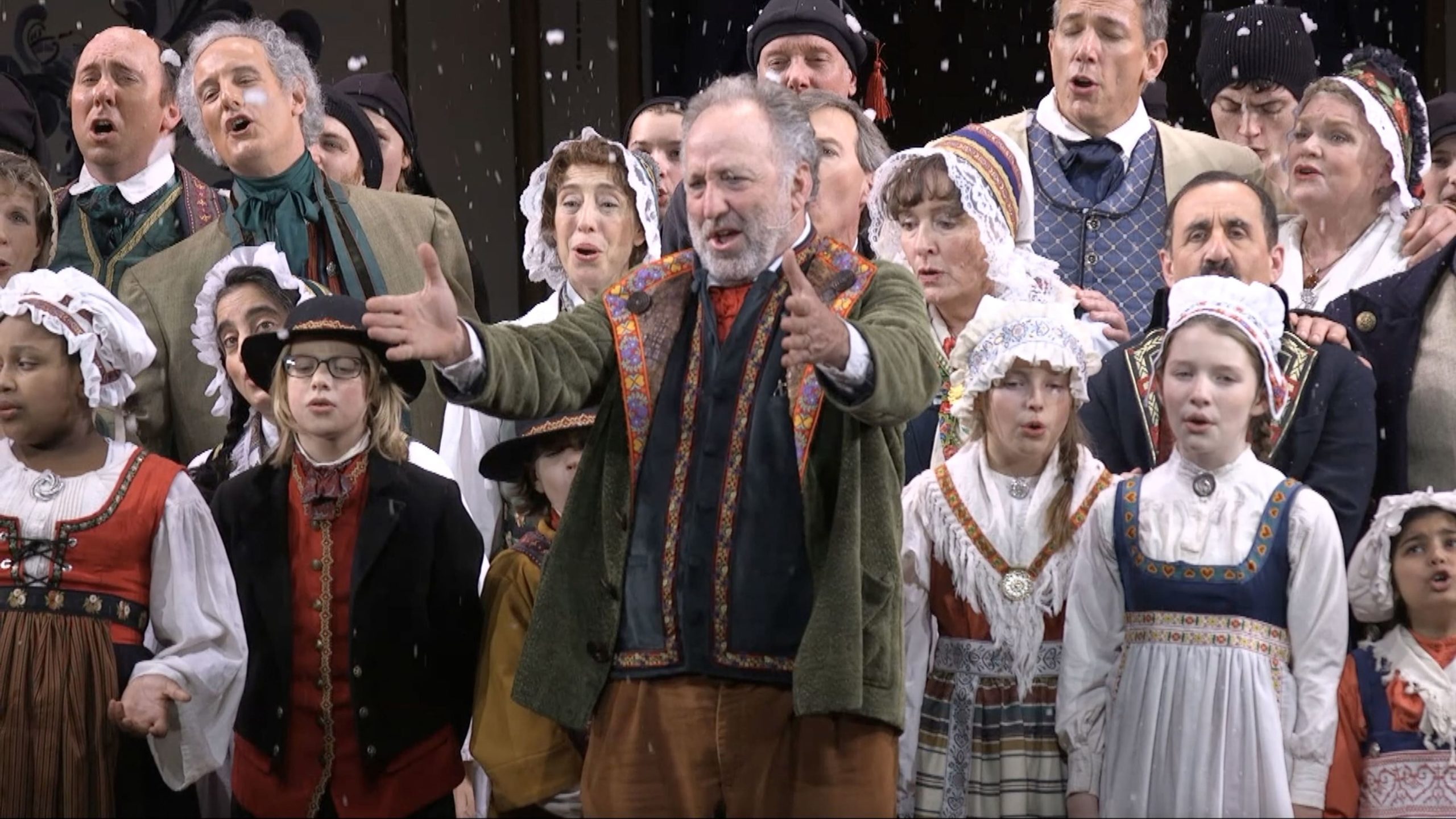
Read More

Read More
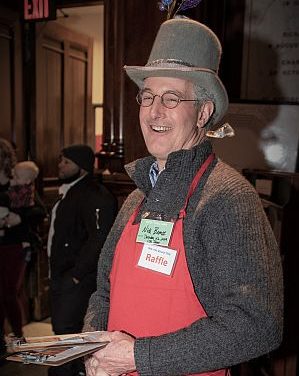
Read More
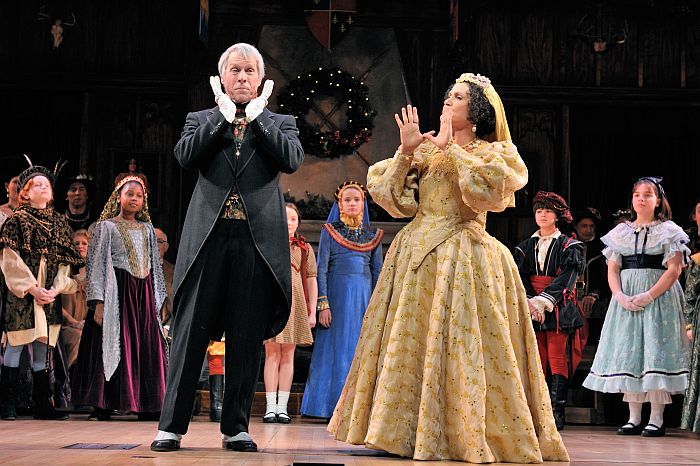
Read More
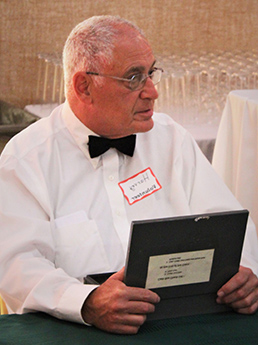
Read More
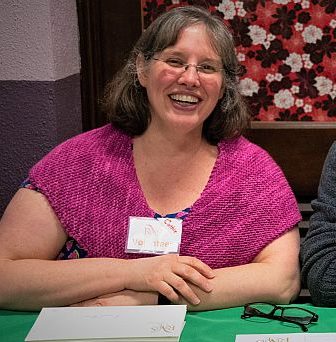
Read More

Read More

Read More

Read More

Read More

Read More
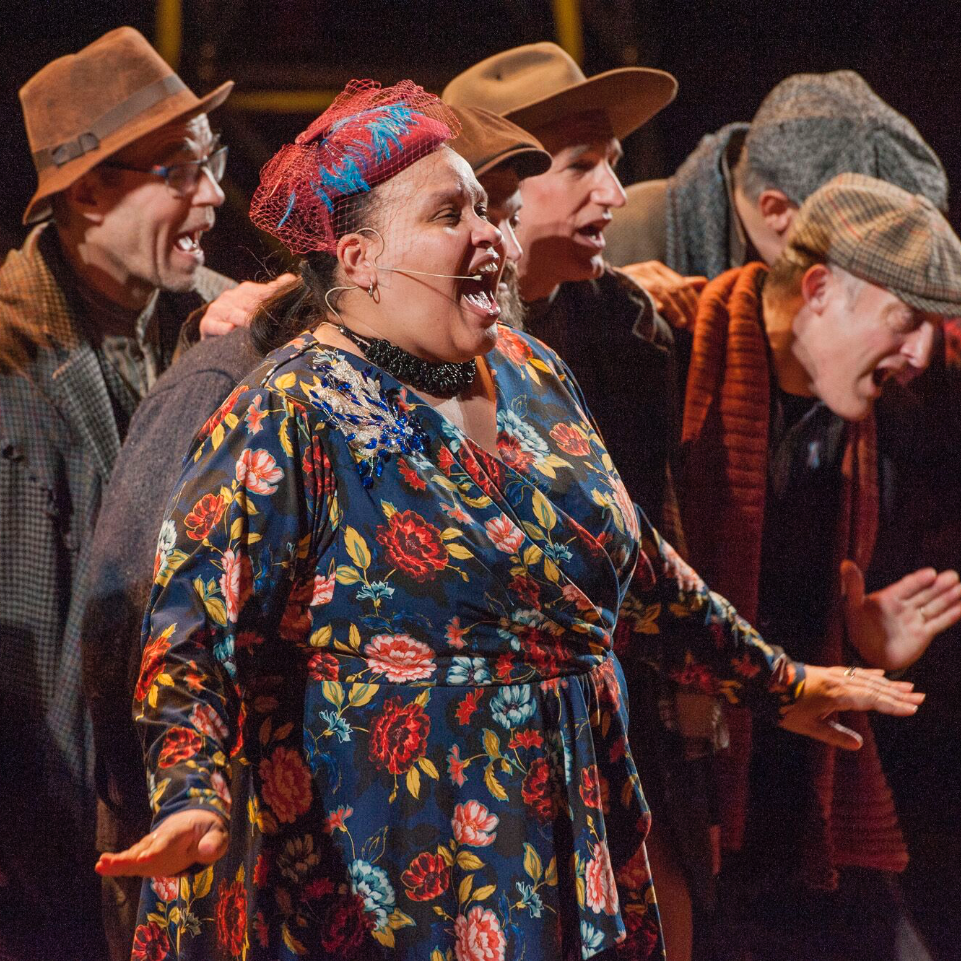
Read More

Read More

Read More
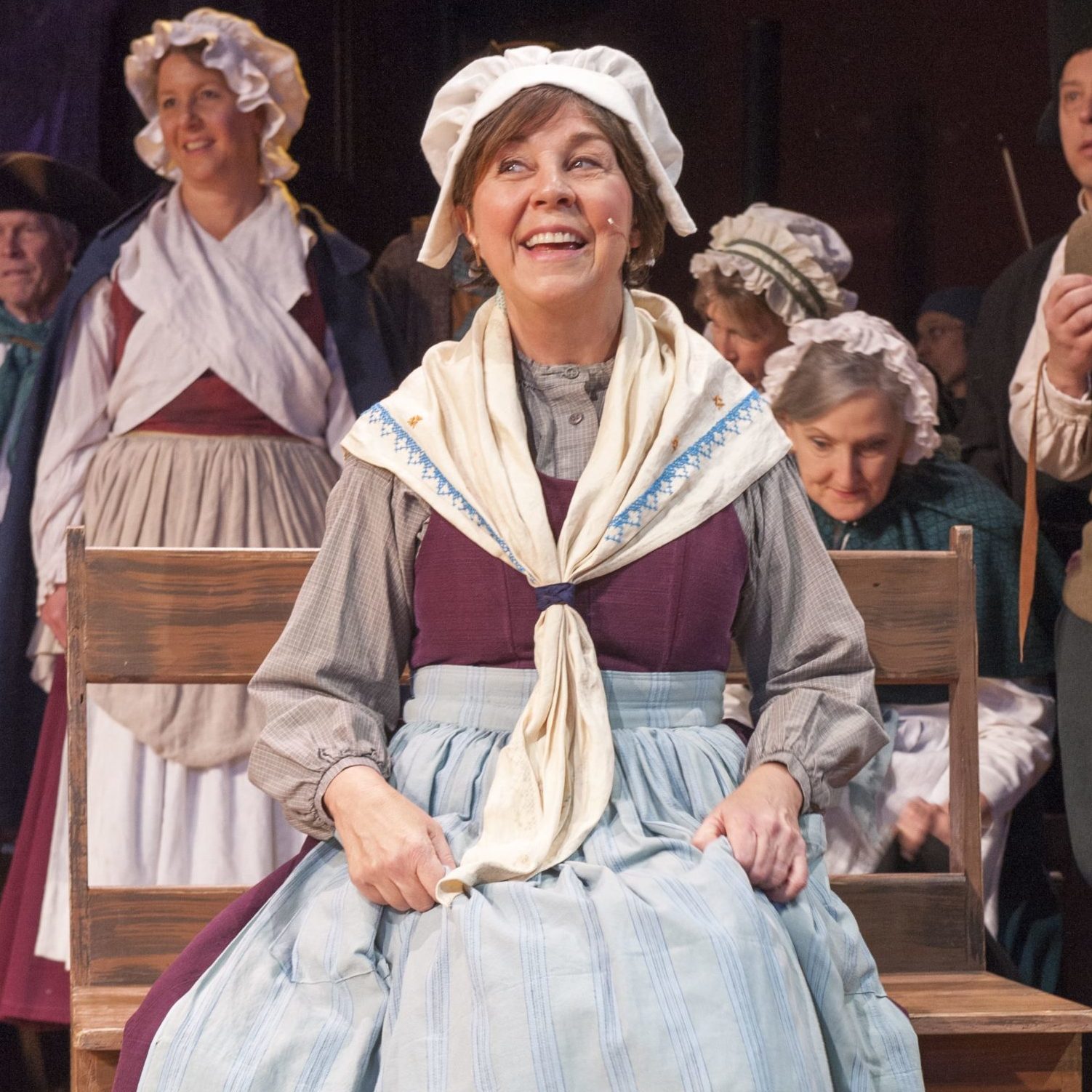
Read More
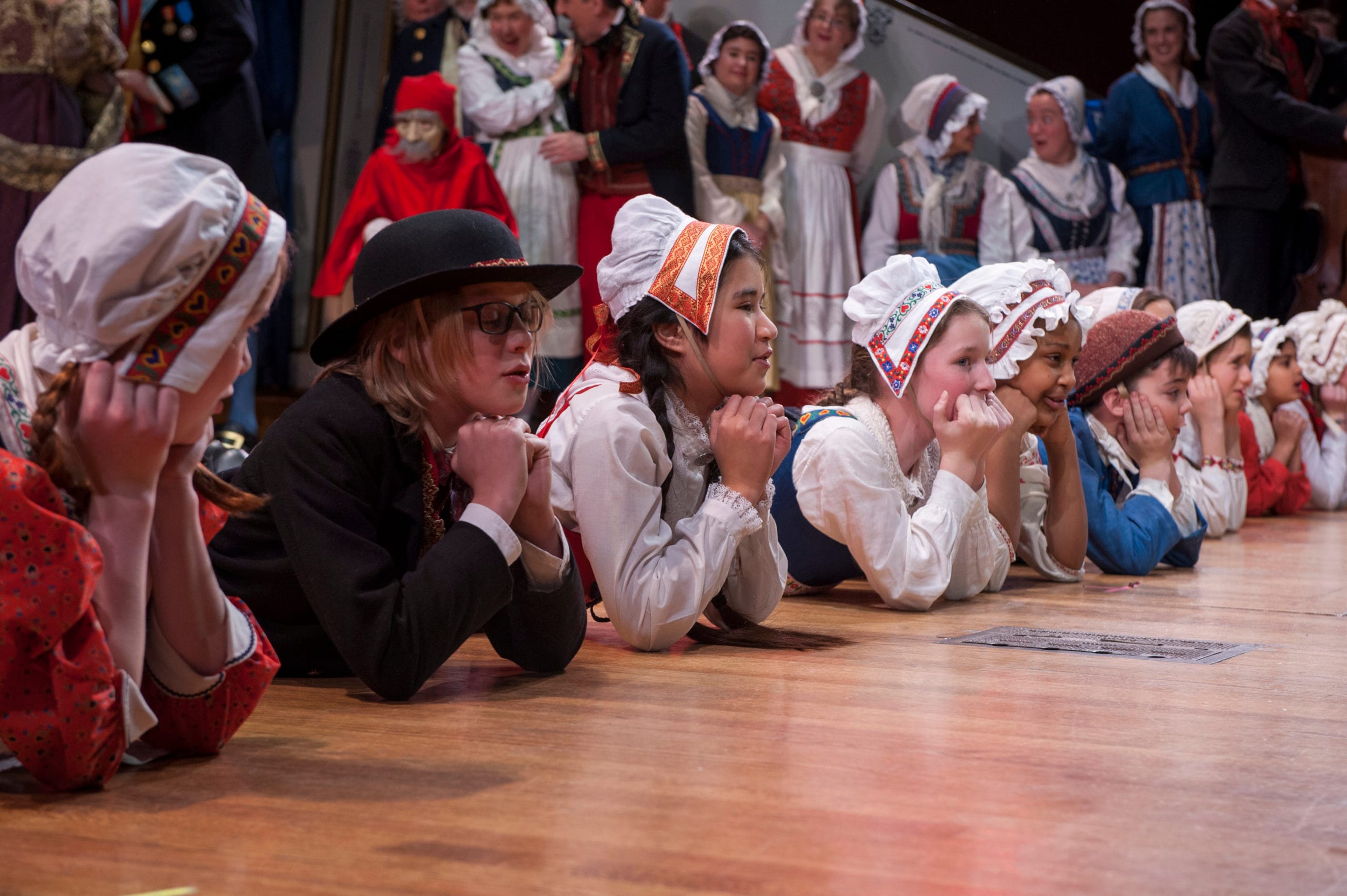
Read More

Read More

Read More

Read More
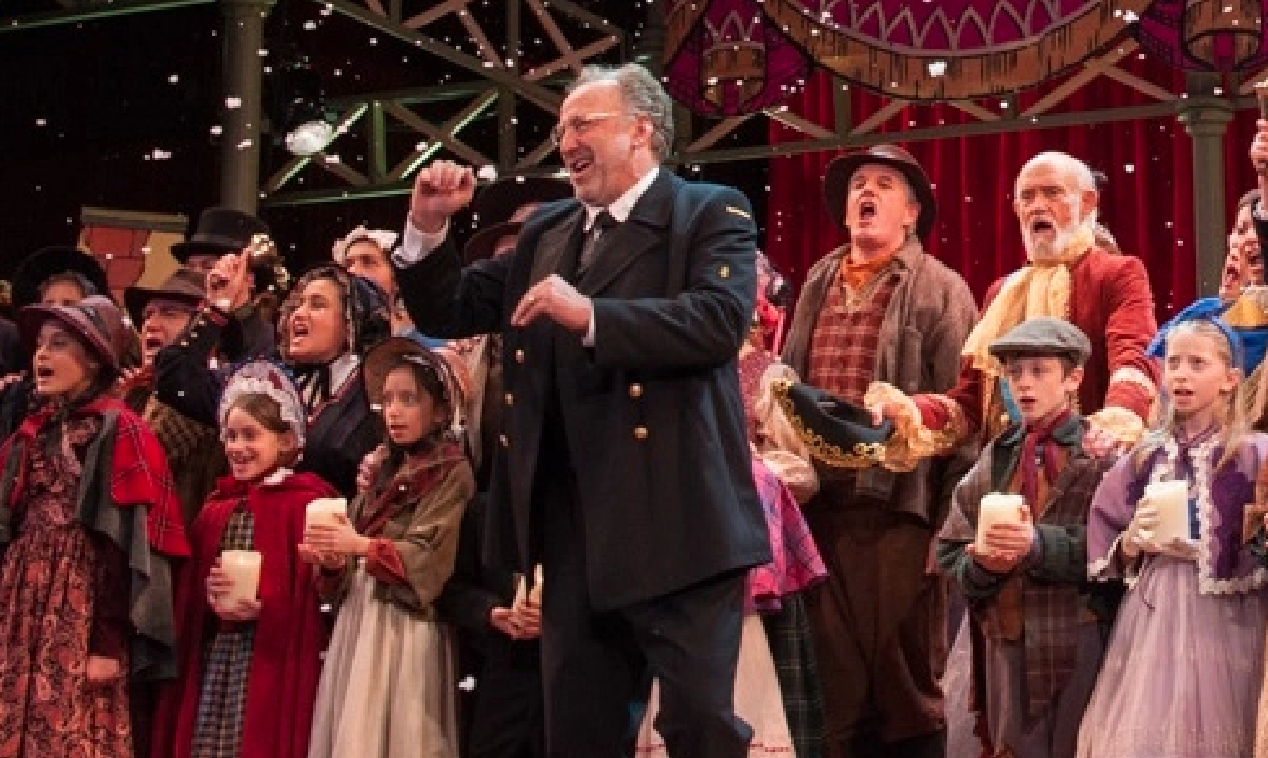
Read More

Read More
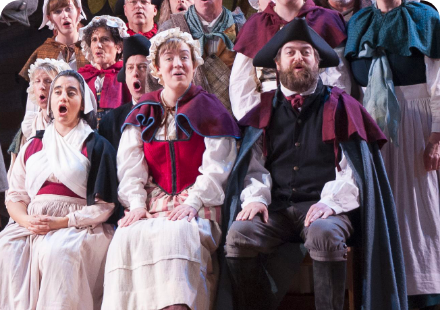
Read More

Read More

Read More

Read More
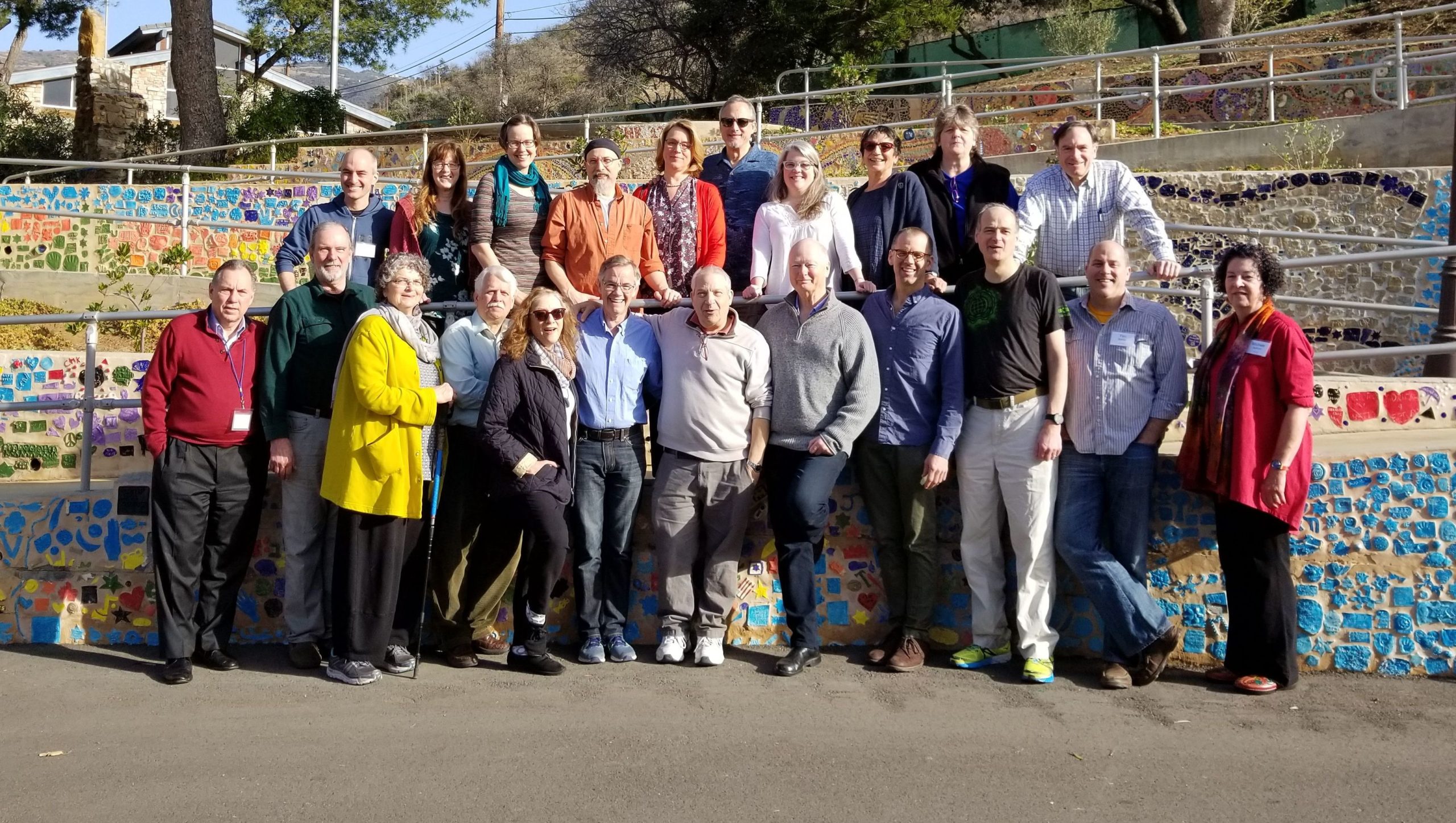
Read More

Read More

Read More

Read More

Read More

Read More

Read More

Read More

Read More
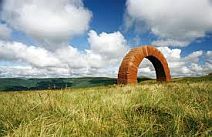
Read More

Read More

Read More

Read More

Read More
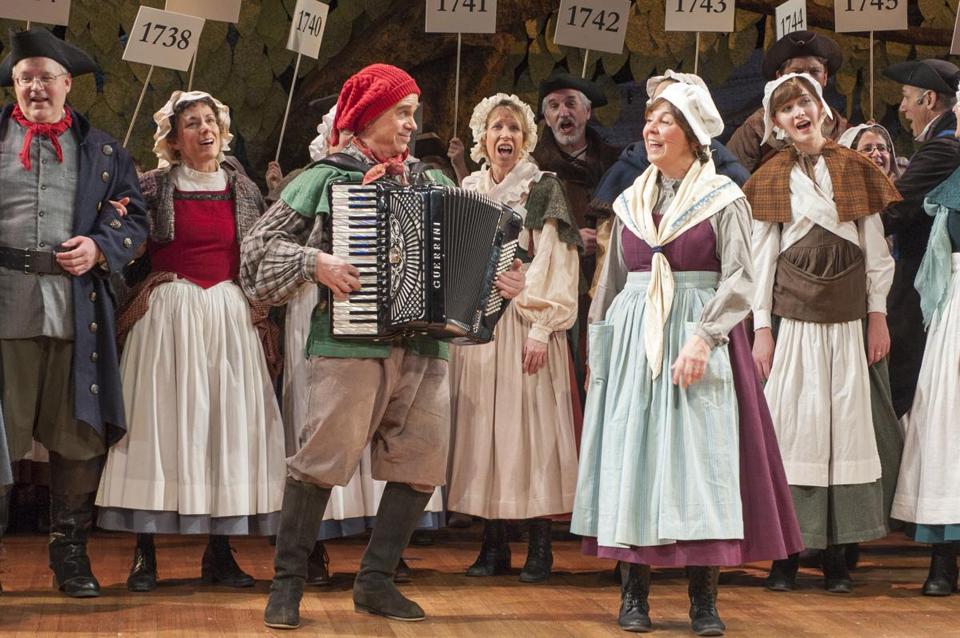
Read More

Read More
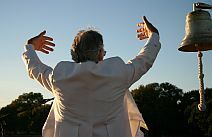
Read More

Read More
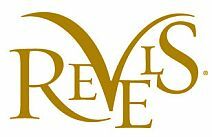
Read More

Read More

Read More
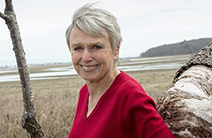
Read More
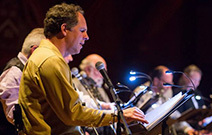
Read More
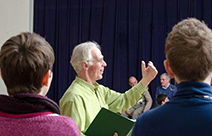
Read More

Read More
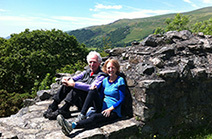
Read More

Read More

Read More
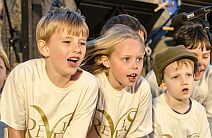
Read More

Read More
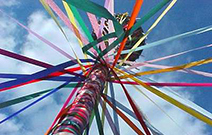
Read More
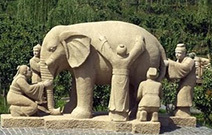
Read More

Read More
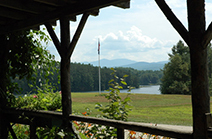
Read More

Read More

Read More

Read More

Read More
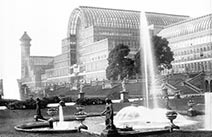
Read More
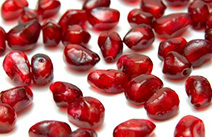
Read More
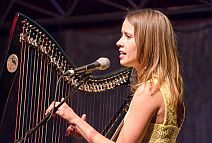
Read More
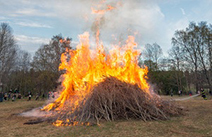
Read More
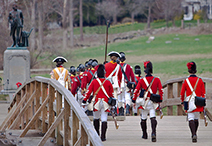
Read More
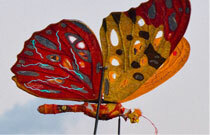
Read More
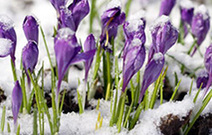
Read More
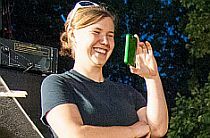
Read More

Read More
